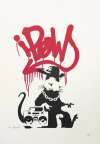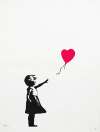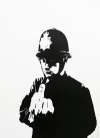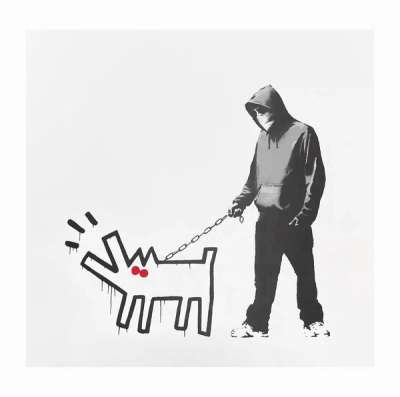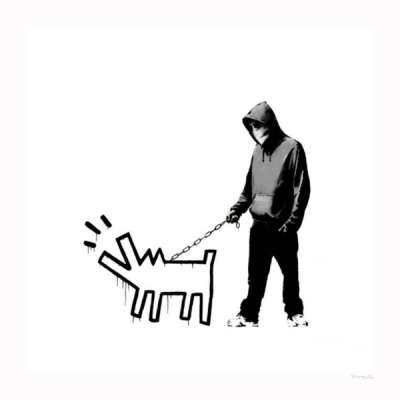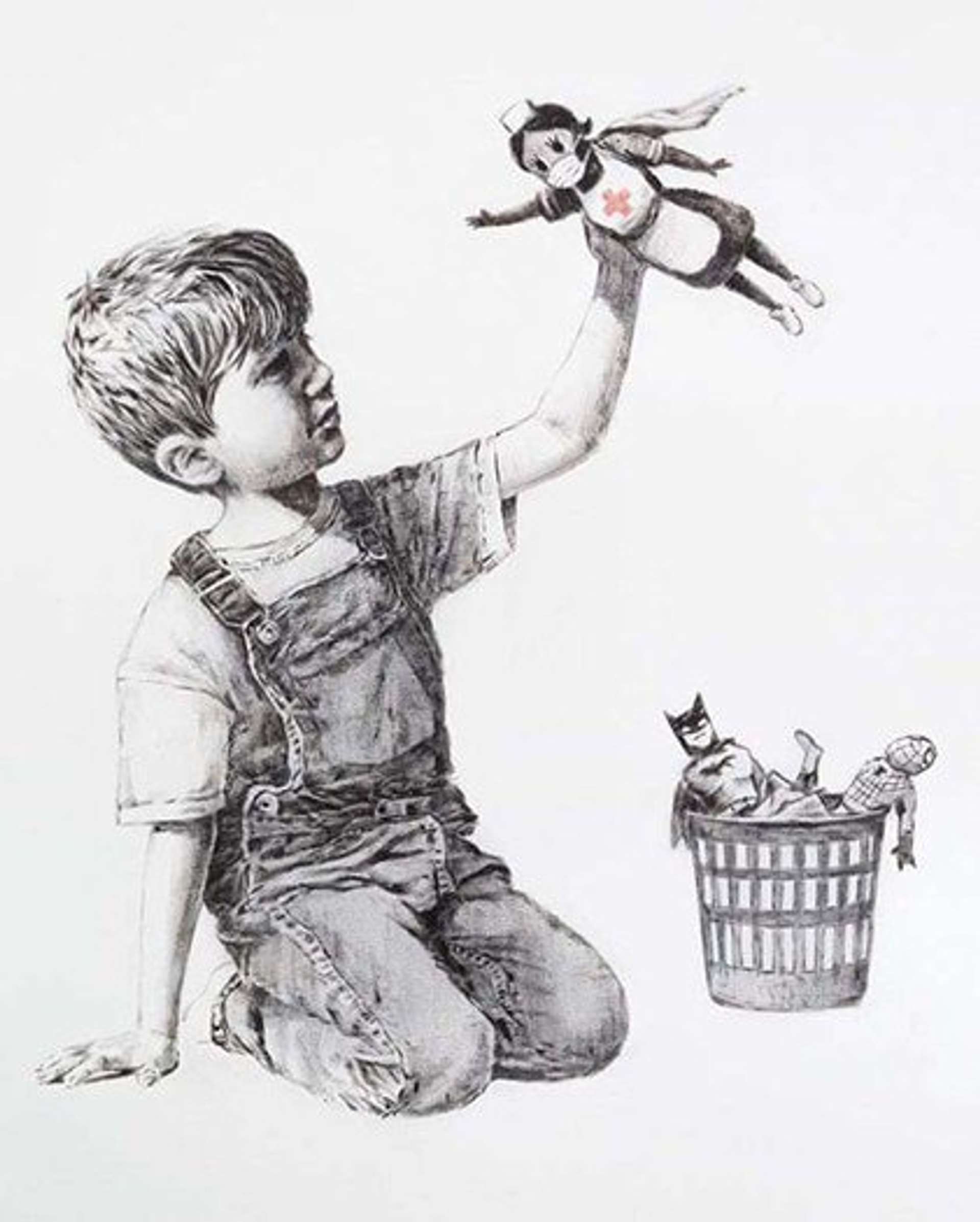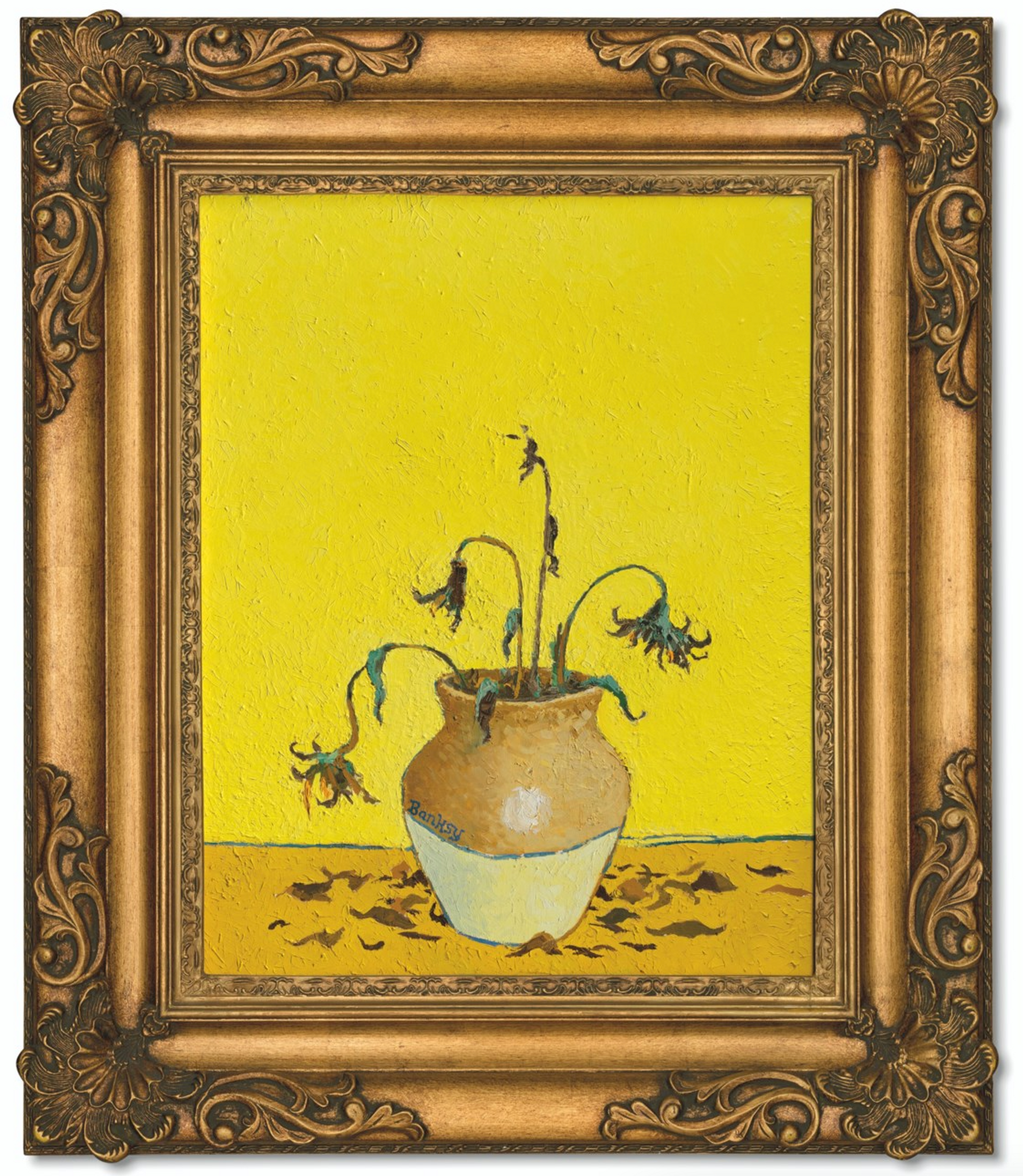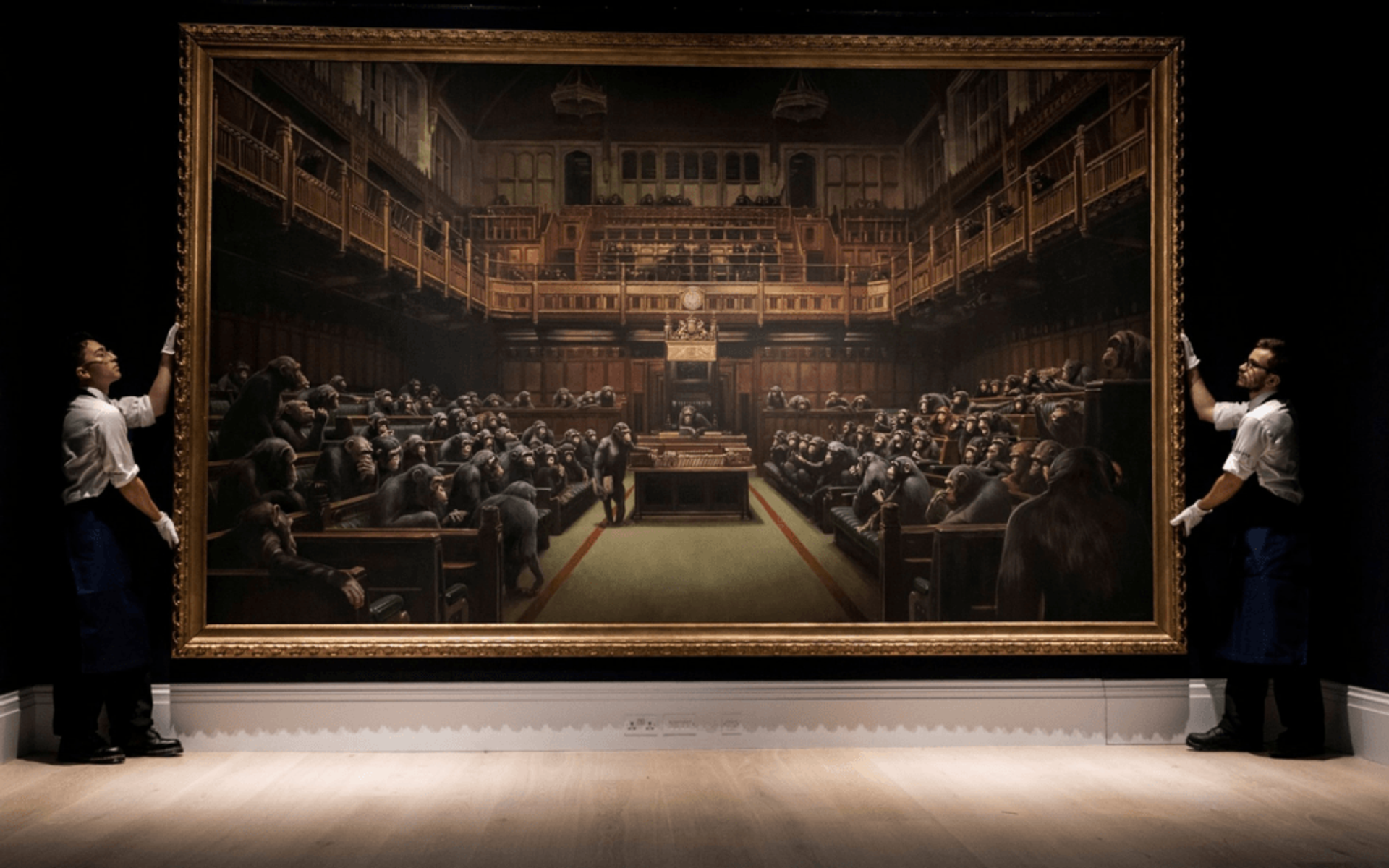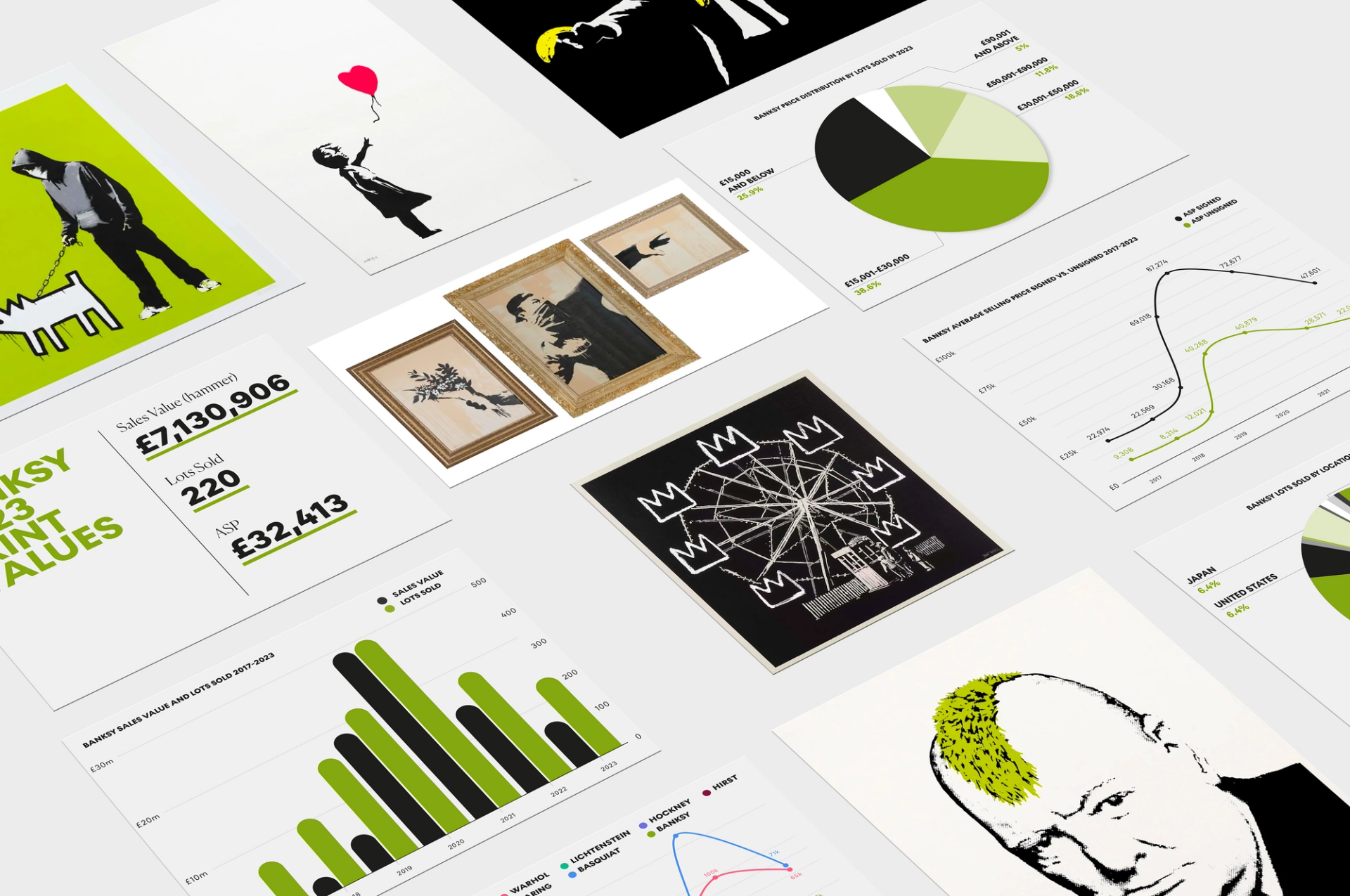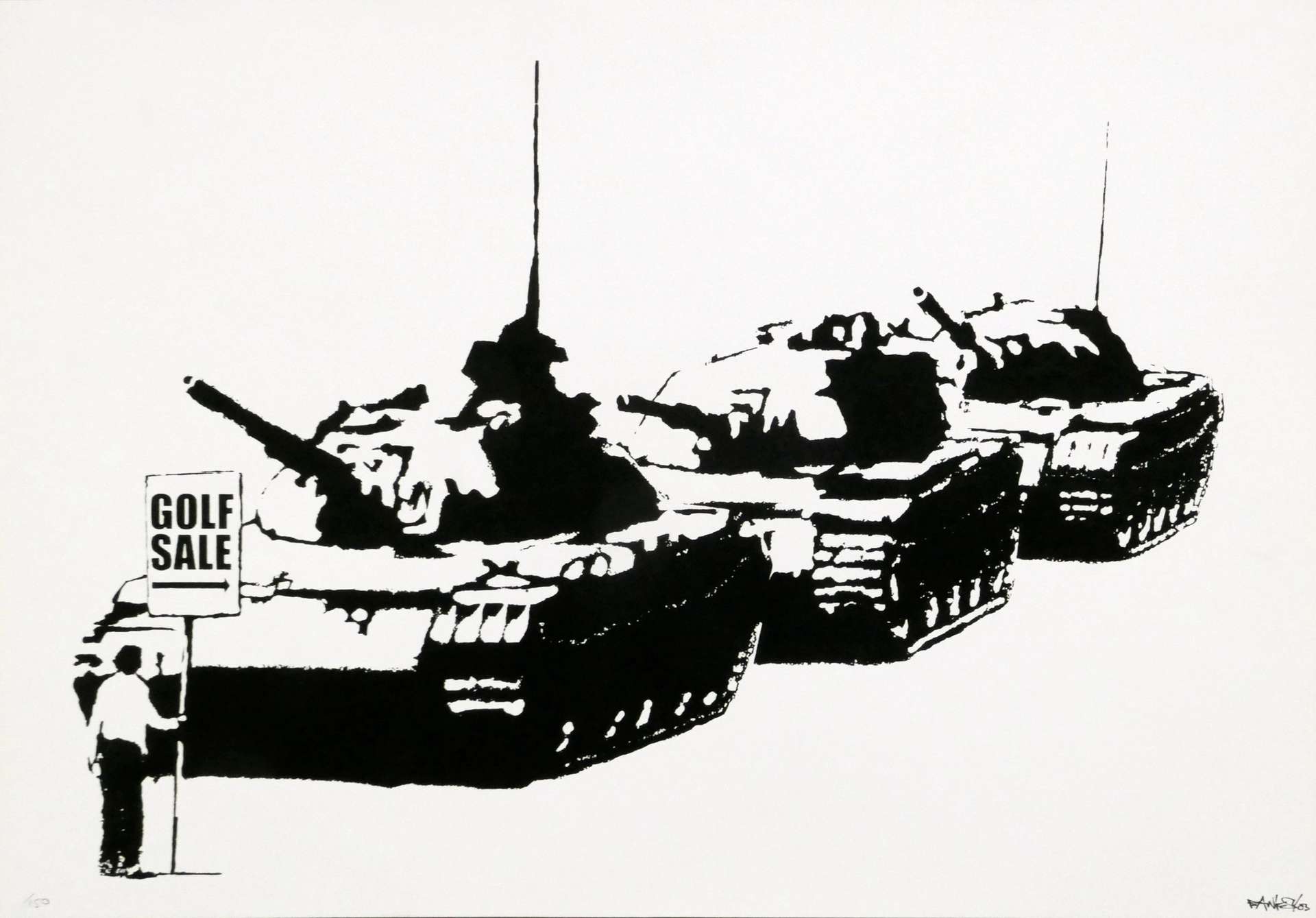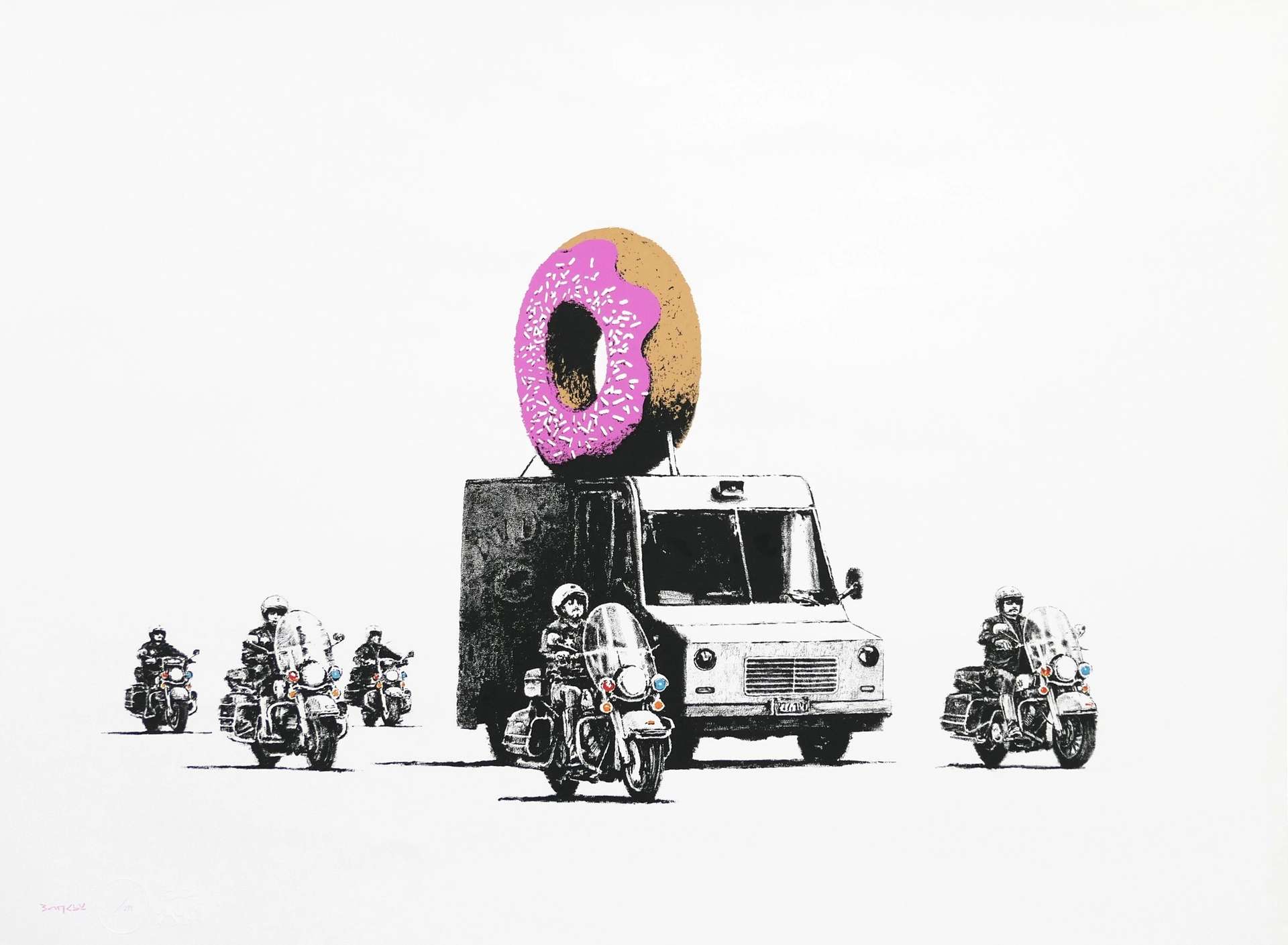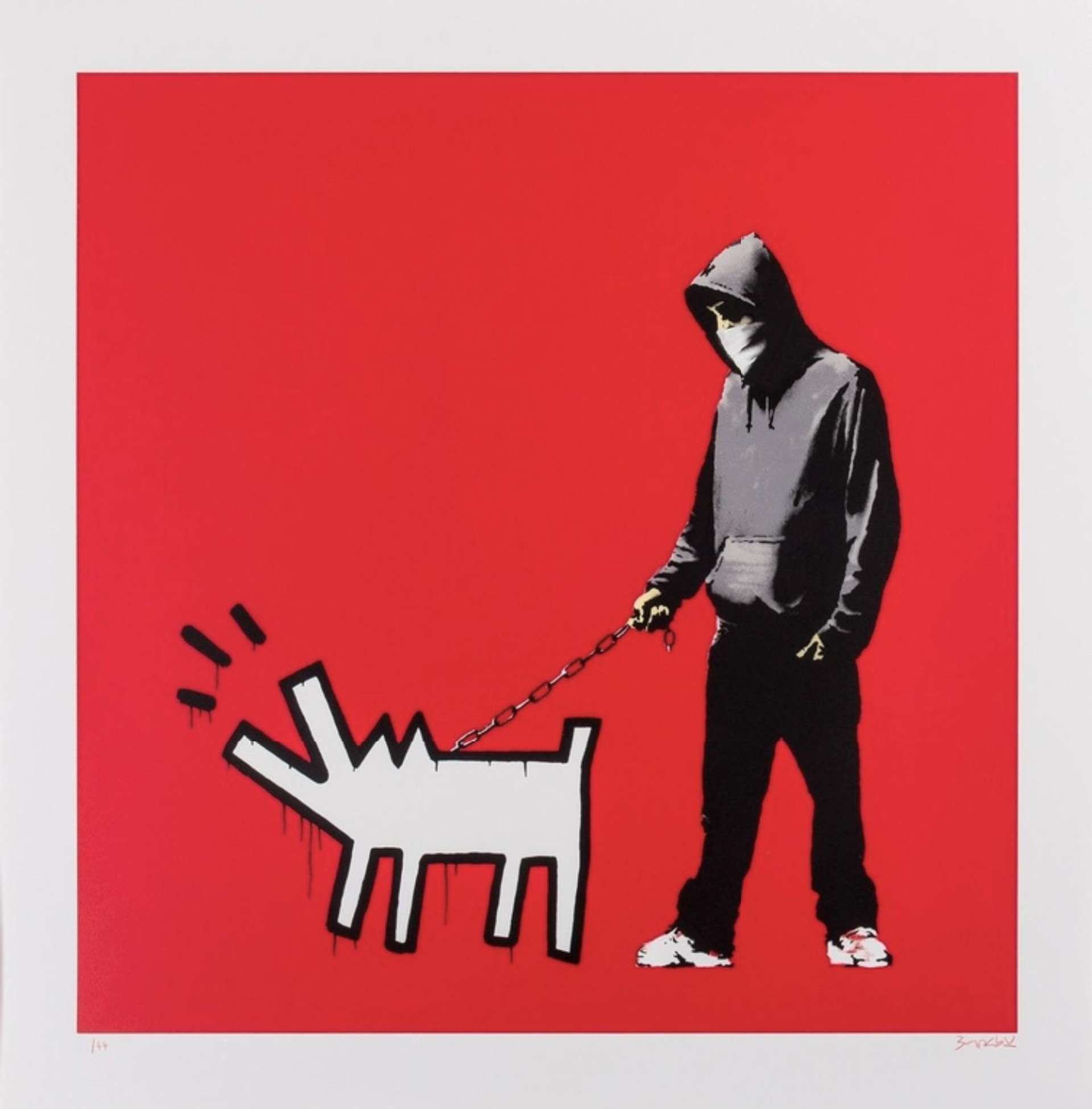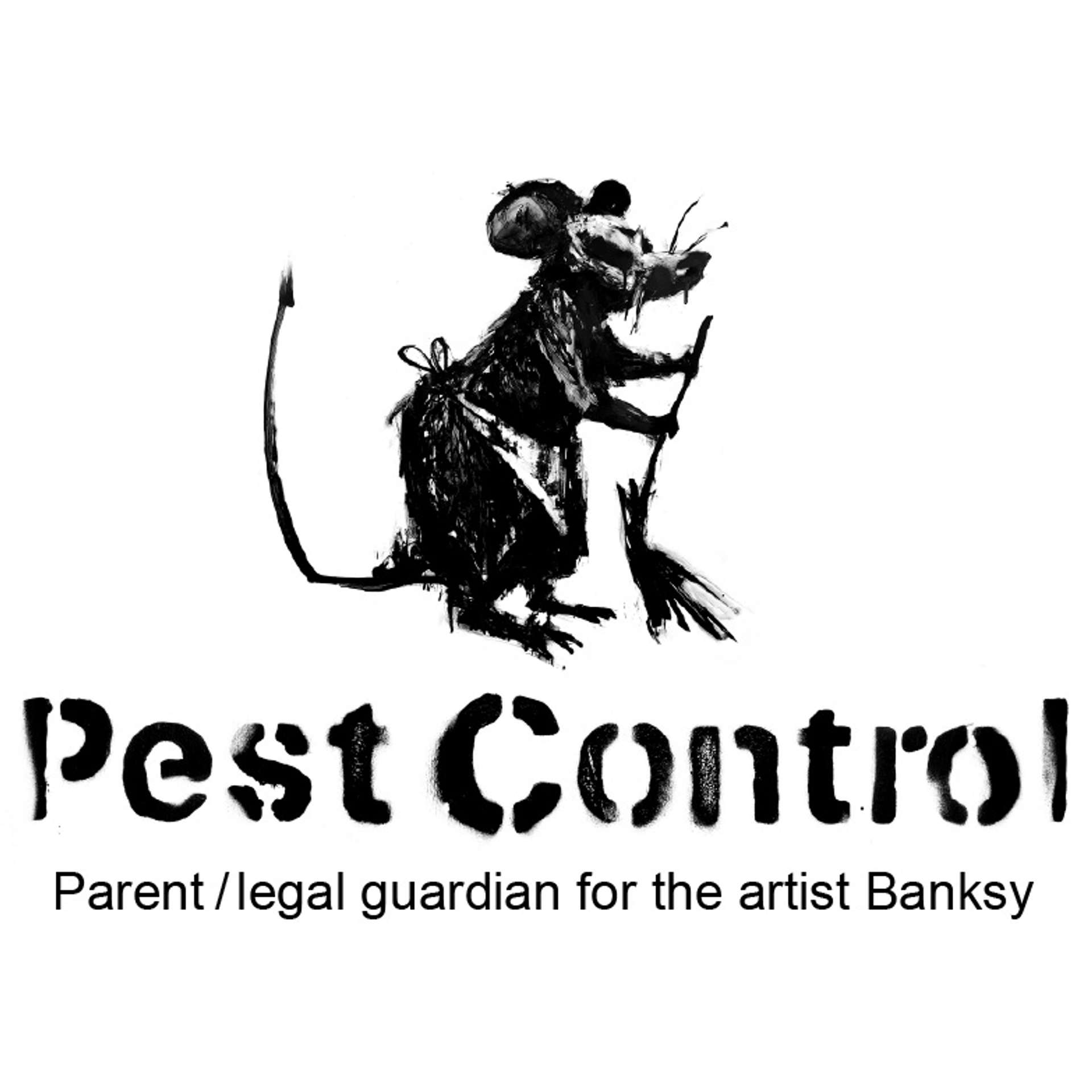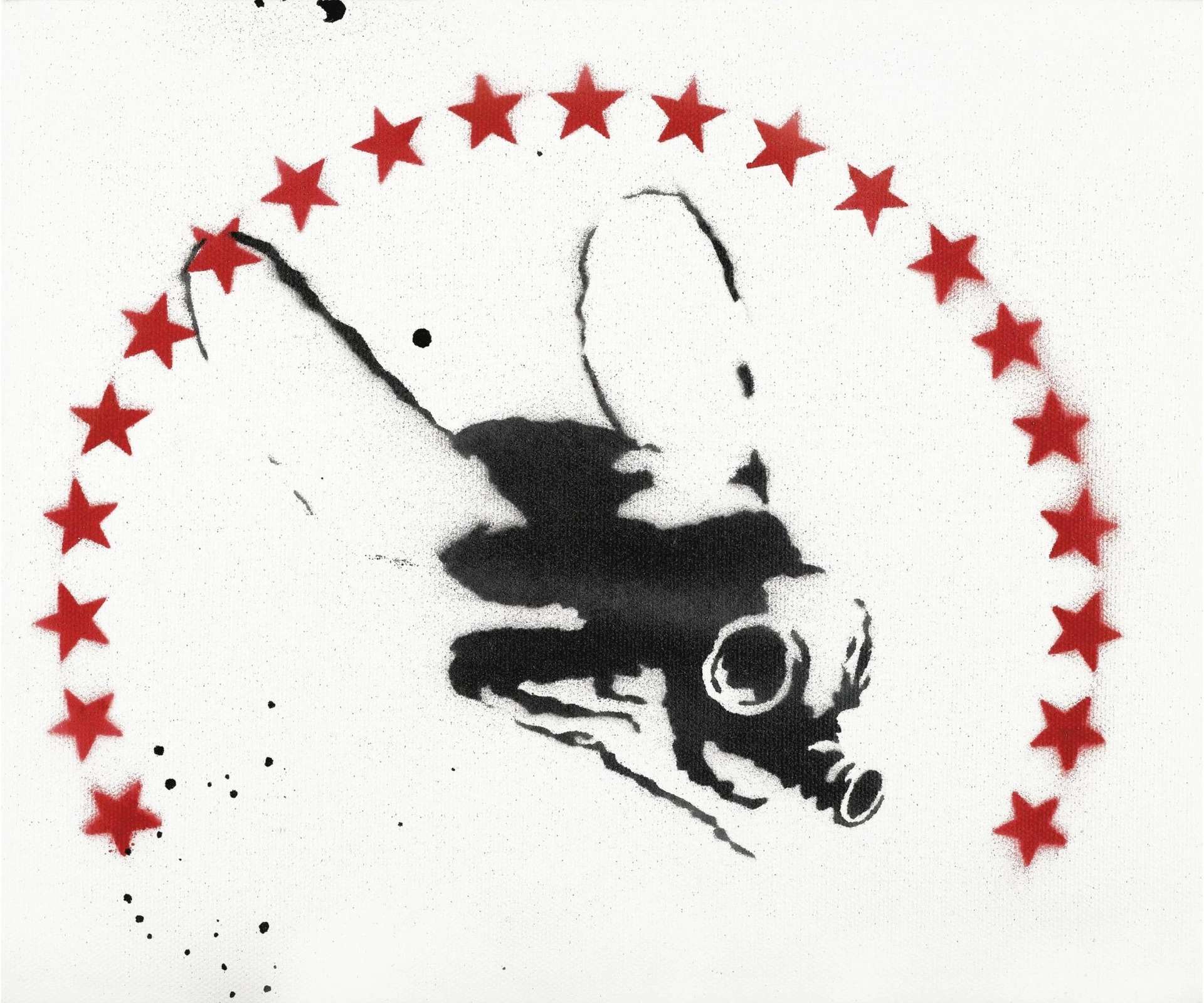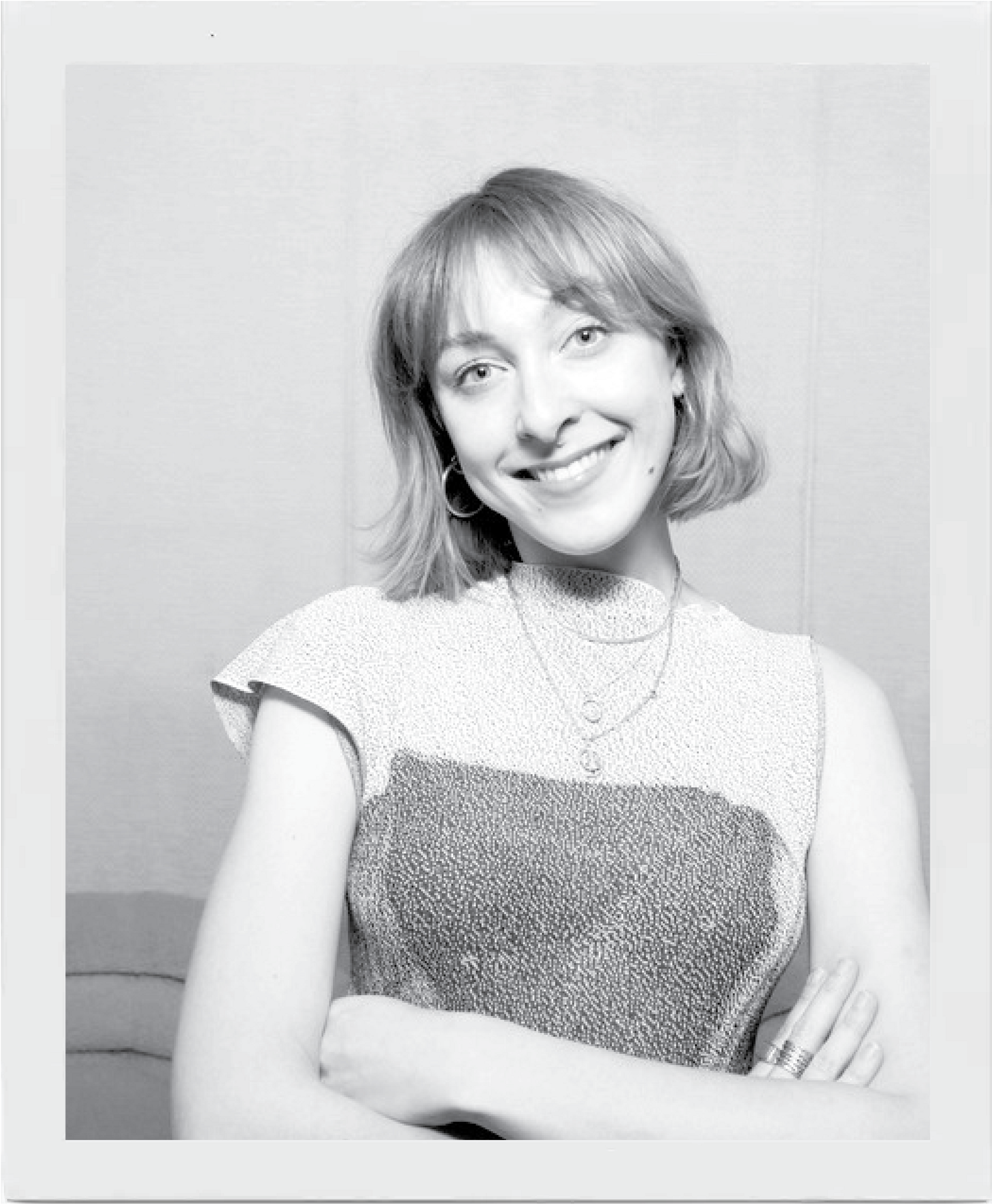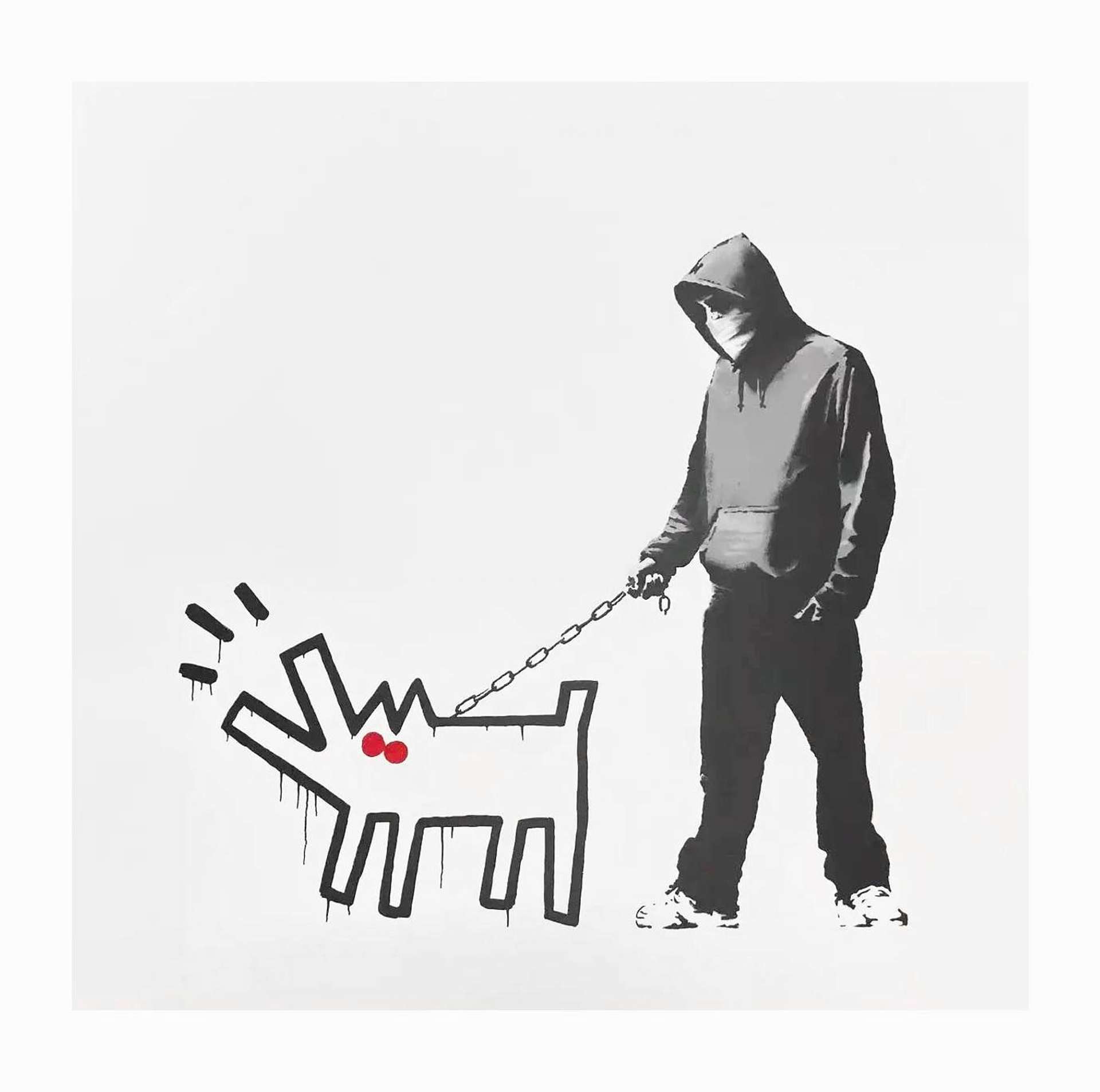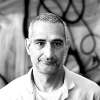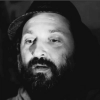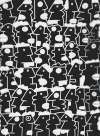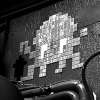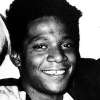Banksy
Bristol-based graffiti writer, turned international market leader, Banksy is a major player in the urban and contemporary scene. If you’re looking for Banksy original prints and editions for sale or would like to sell, request a complimentary valuation and browse our network’s most in-demand works.
Banksy prints for sale
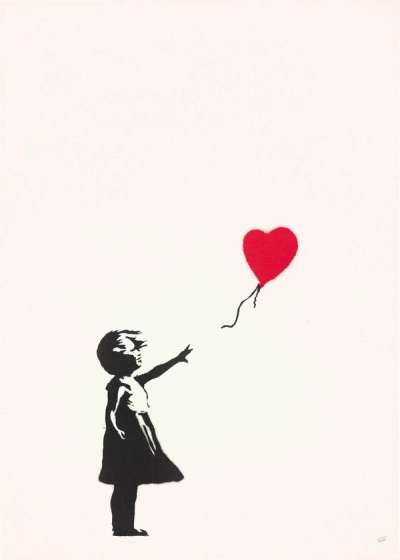
£70,000-£100,000
$140,000-$190,000 Value Indicator
$120,000-$170,000 Value Indicator
¥630,000-¥910,000 Value Indicator
€80,000-€120,000 Value Indicator
$690,000-$980,000 Value Indicator
¥13,320,000-¥19,030,000 Value Indicator
$90,000-$130,000 Value Indicator
TradingFloor
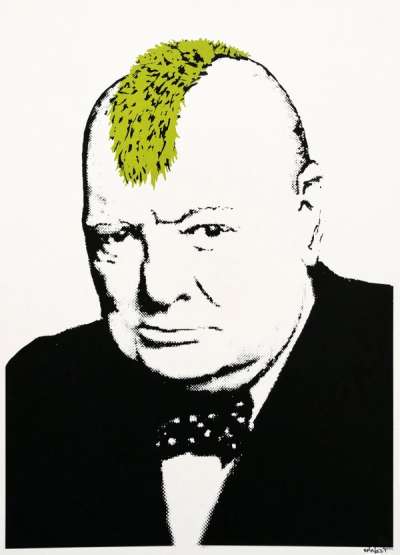
£70,000-£110,000
$140,000-$210,000 Value Indicator
$120,000-$190,000 Value Indicator
¥640,000-¥1,000,000 Value Indicator
€80,000-€130,000 Value Indicator
$690,000-$1,080,000 Value Indicator
¥13,350,000-¥20,980,000 Value Indicator
$90,000-$140,000 Value Indicator
TradingFloor
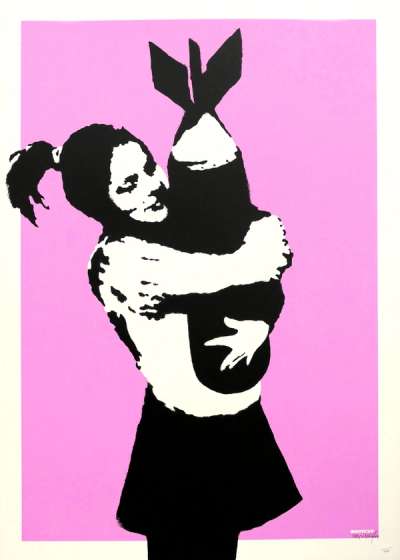
£45,000-£70,000
$90,000-$140,000 Value Indicator
$80,000-$120,000 Value Indicator
¥410,000-¥630,000 Value Indicator
€50,000-€80,000 Value Indicator
$440,000-$690,000 Value Indicator
¥8,560,000-¥13,320,000 Value Indicator
$60,000-$90,000 Value Indicator
TradingFloor
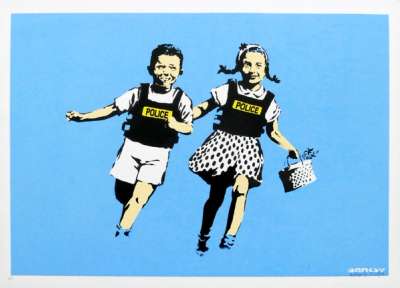
£30,000-£45,000
$60,000-$90,000 Value Indicator
$50,000-$80,000 Value Indicator
¥270,000-¥410,000 Value Indicator
€35,000-€50,000 Value Indicator
$290,000-$440,000 Value Indicator
¥5,710,000-¥8,560,000 Value Indicator
$40,000-$60,000 Value Indicator
TradingFloor
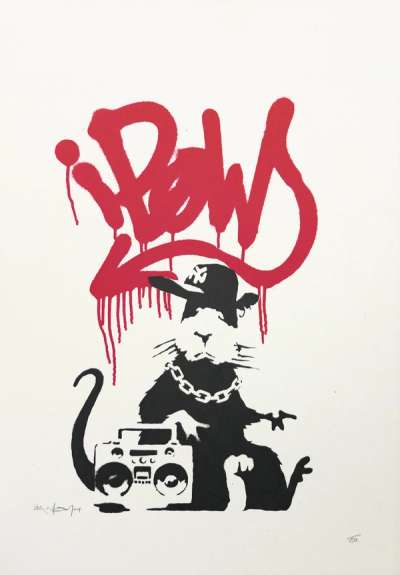
£40,000-£60,000
$80,000-$120,000 Value Indicator
$70,000-$100,000 Value Indicator
¥360,000-¥540,000 Value Indicator
€45,000-€70,000 Value Indicator
$390,000-$590,000 Value Indicator
¥7,610,000-¥11,420,000 Value Indicator
$50,000-$80,000 Value Indicator
TradingFloor
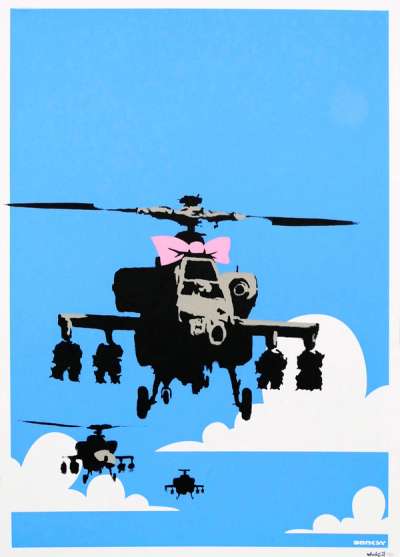
£35,000-£50,000
$70,000-$100,000 Value Indicator
$60,000-$90,000 Value Indicator
¥320,000-¥450,000 Value Indicator
€40,000-€60,000 Value Indicator
$340,000-$490,000 Value Indicator
¥6,660,000-¥9,520,000 Value Indicator
$45,000-$60,000 Value Indicator
TradingFloor
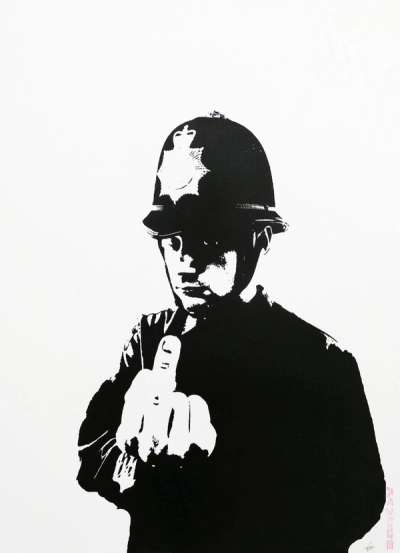
£18,000-£27,000
$35,000-$50,000 Value Indicator
$30,000-$45,000 Value Indicator
¥160,000-¥240,000 Value Indicator
€21,000-€30,000 Value Indicator
$180,000-$270,000 Value Indicator
¥3,430,000-¥5,140,000 Value Indicator
$23,000-$35,000 Value Indicator
TradingFloor
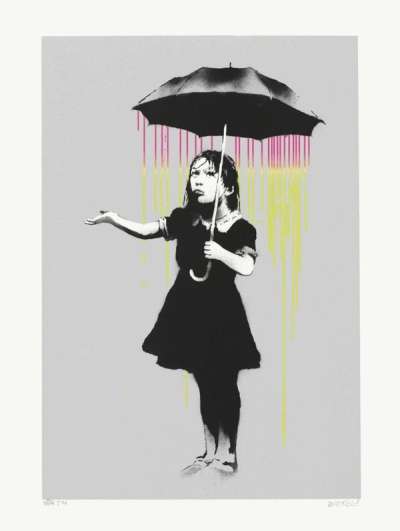
£110,000-£170,000
$210,000-$330,000 Value Indicator
$190,000-$290,000 Value Indicator
¥1,000,000-¥1,550,000 Value Indicator
€130,000-€200,000 Value Indicator
$1,090,000-$1,680,000 Value Indicator
¥21,060,000-¥32,550,000 Value Indicator
$140,000-$210,000 Value Indicator
TradingFloor
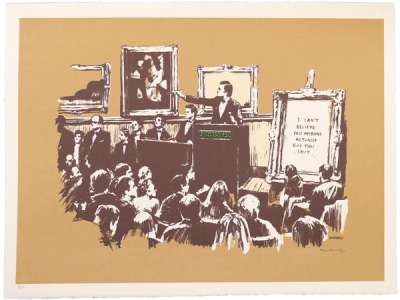
£45,000-£70,000
$90,000-$140,000 Value Indicator
$80,000-$120,000 Value Indicator
¥410,000-¥630,000 Value Indicator
€50,000-€80,000 Value Indicator
$440,000-$690,000 Value Indicator
¥8,560,000-¥13,320,000 Value Indicator
$60,000-$90,000 Value Indicator
TradingFloor
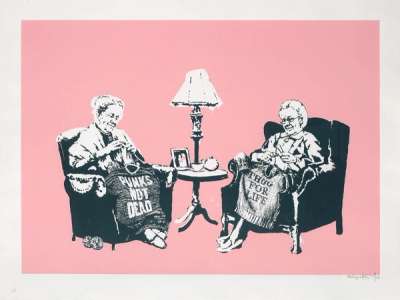
£35,000-£50,000
$70,000-$100,000 Value Indicator
$60,000-$90,000 Value Indicator
¥320,000-¥460,000 Value Indicator
€40,000-€60,000 Value Indicator
$350,000-$490,000 Value Indicator
¥6,680,000-¥9,540,000 Value Indicator
$45,000-$60,000 Value Indicator
TradingFloor
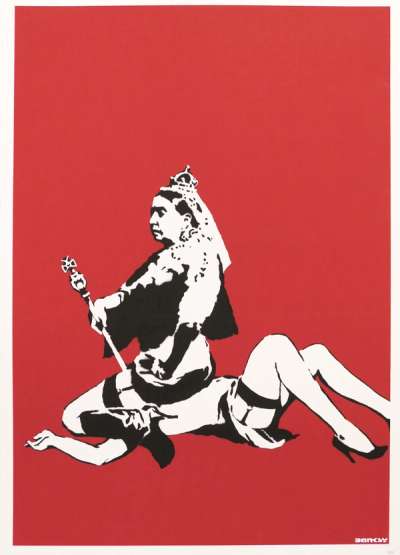
£8,500-£12,500
$16,000-$24,000 Value Indicator
$14,500-$21,000 Value Indicator
¥80,000-¥110,000 Value Indicator
€10,000-€14,500 Value Indicator
$80,000-$120,000 Value Indicator
¥1,620,000-¥2,380,000 Value Indicator
$10,500-$16,000 Value Indicator
TradingFloor
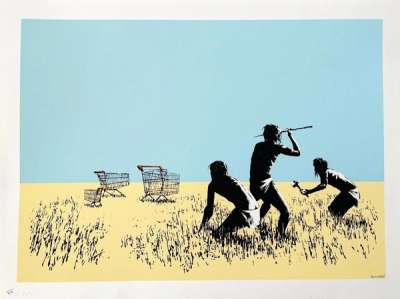
£35,000-£50,000
$70,000-$100,000 Value Indicator
$60,000-$90,000 Value Indicator
¥320,000-¥450,000 Value Indicator
€40,000-€60,000 Value Indicator
$340,000-$490,000 Value Indicator
¥6,660,000-¥9,520,000 Value Indicator
$45,000-$60,000 Value Indicator
TradingFloor
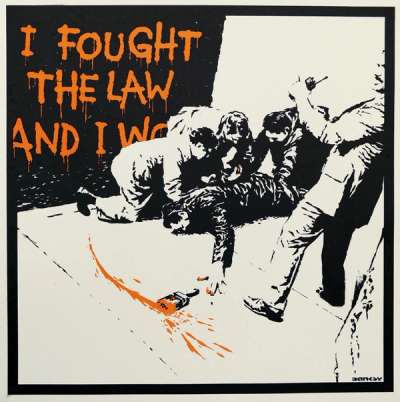
£21,000-£30,000
$40,000-$60,000 Value Indicator
$35,000-$50,000 Value Indicator
¥190,000-¥270,000 Value Indicator
€25,000-€35,000 Value Indicator
$210,000-$300,000 Value Indicator
¥4,010,000-¥5,730,000 Value Indicator
$26,000-$40,000 Value Indicator
TradingFloor
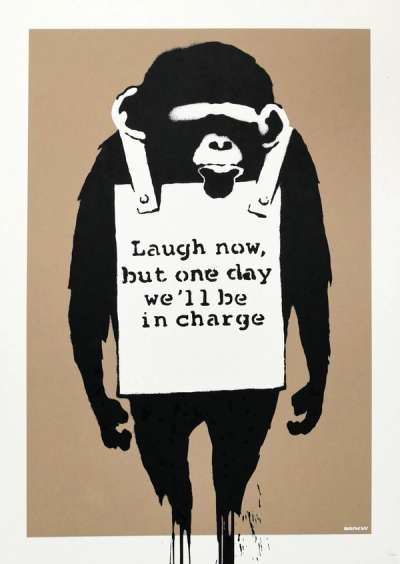
£23,000-£35,000
$45,000-$70,000 Value Indicator
$40,000-$60,000 Value Indicator
¥210,000-¥320,000 Value Indicator
€27,000-€40,000 Value Indicator
$230,000-$340,000 Value Indicator
¥4,380,000-¥6,660,000 Value Indicator
$29,000-$45,000 Value Indicator
TradingFloor
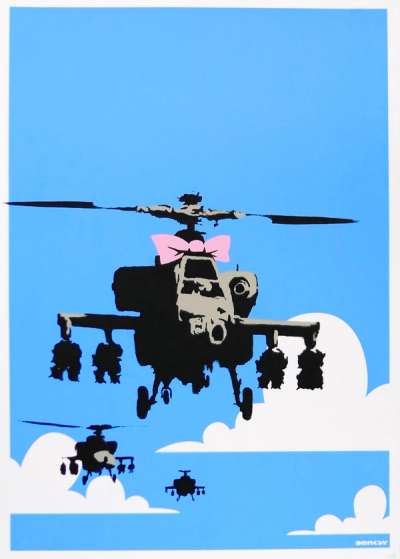
£15,000-£22,000
$29,000-$45,000 Value Indicator
$26,000-$35,000 Value Indicator
¥140,000-¥200,000 Value Indicator
€18,000-€26,000 Value Indicator
$150,000-$220,000 Value Indicator
¥2,850,000-¥4,190,000 Value Indicator
$19,000-$28,000 Value Indicator
TradingFloor
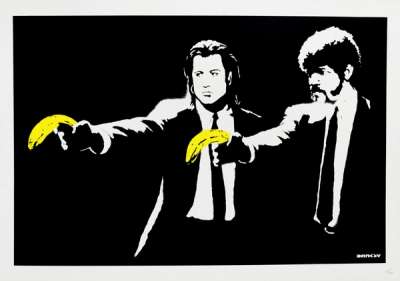
£22,000-£35,000
$45,000-$70,000 Value Indicator
$35,000-$60,000 Value Indicator
¥200,000-¥320,000 Value Indicator
€26,000-€40,000 Value Indicator
$220,000-$340,000 Value Indicator
¥4,190,000-¥6,660,000 Value Indicator
$28,000-$45,000 Value Indicator
TradingFloor
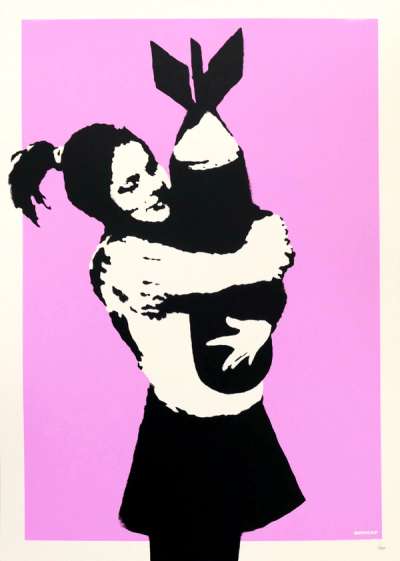
£13,500-£20,000
$26,000-$40,000 Value Indicator
$23,000-$35,000 Value Indicator
¥120,000-¥180,000 Value Indicator
€16,000-€23,000 Value Indicator
$130,000-$200,000 Value Indicator
¥2,570,000-¥3,810,000 Value Indicator
$17,000-$25,000 Value Indicator
TradingFloor
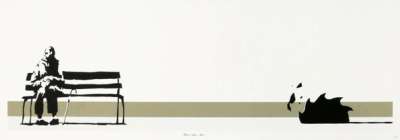
£8,000-£12,000
$15,000-$23,000 Value Indicator
$13,500-$20,000 Value Indicator
¥70,000-¥110,000 Value Indicator
€9,500-€14,000 Value Indicator
$80,000-$120,000 Value Indicator
¥1,520,000-¥2,280,000 Value Indicator
$10,000-$15,000 Value Indicator
TradingFloor
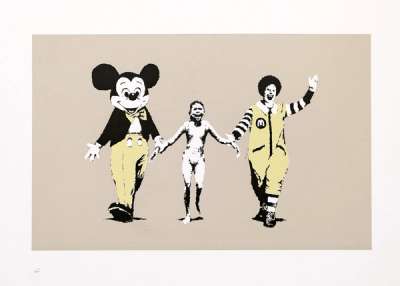
£14,000-£21,000
$27,000-$40,000 Value Indicator
$24,000-$35,000 Value Indicator
¥130,000-¥190,000 Value Indicator
€16,000-€24,000 Value Indicator
$140,000-$210,000 Value Indicator
¥2,670,000-¥4,010,000 Value Indicator
$18,000-$26,000 Value Indicator
TradingFloor
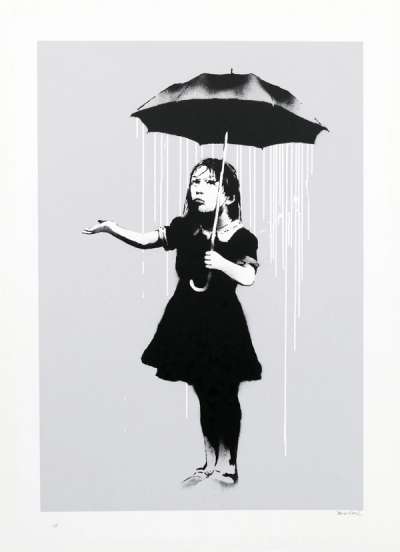
£60,000-£90,000
$120,000-$170,000 Value Indicator
$100,000-$150,000 Value Indicator
¥540,000-¥820,000 Value Indicator
€70,000-€110,000 Value Indicator
$590,000-$880,000 Value Indicator
¥11,420,000-¥17,130,000 Value Indicator
$80,000-$110,000 Value Indicator
TradingFloor
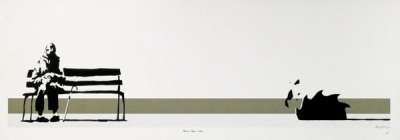
£25,000-£40,000
$50,000-$80,000 Value Indicator
$45,000-$70,000 Value Indicator
¥230,000-¥360,000 Value Indicator
€29,000-€45,000 Value Indicator
$250,000-$390,000 Value Indicator
¥4,760,000-¥7,610,000 Value Indicator
$30,000-$50,000 Value Indicator
TradingFloor
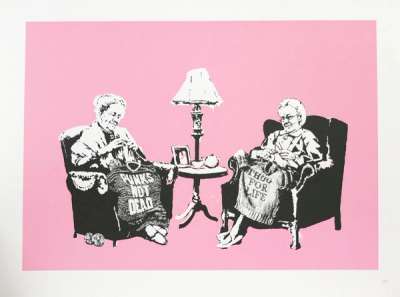
£12,000-£18,000
$23,000-$35,000 Value Indicator
$20,000-$30,000 Value Indicator
¥110,000-¥160,000 Value Indicator
€14,000-€21,000 Value Indicator
$120,000-$180,000 Value Indicator
¥2,280,000-¥3,430,000 Value Indicator
$15,000-$23,000 Value Indicator
TradingFloor
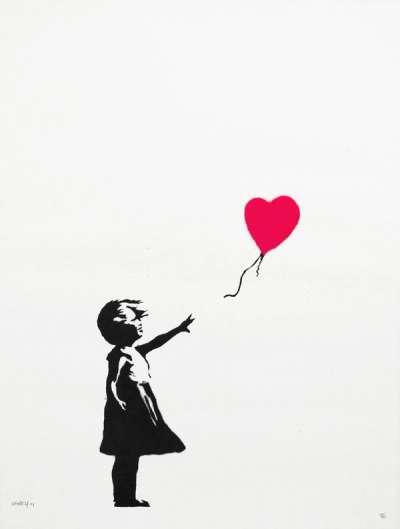
£190,000-£290,000
$370,000-$560,000 Value Indicator
$320,000-$490,000 Value Indicator
¥1,720,000-¥2,630,000 Value Indicator
€220,000-€340,000 Value Indicator
$1,870,000-$2,850,000 Value Indicator
¥36,160,000-¥55,200,000 Value Indicator
$240,000-$360,000 Value Indicator
TradingFloor
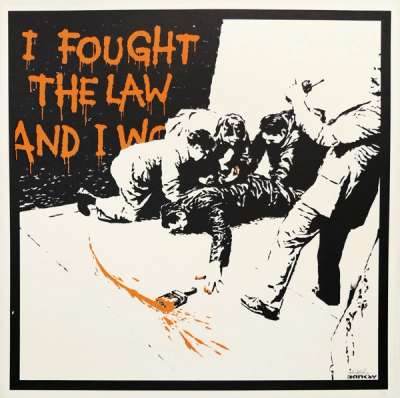
£30,000-£45,000
$60,000-$90,000 Value Indicator
$50,000-$80,000 Value Indicator
¥270,000-¥410,000 Value Indicator
€35,000-€50,000 Value Indicator
$290,000-$440,000 Value Indicator
¥5,710,000-¥8,560,000 Value Indicator
$40,000-$60,000 Value Indicator
TradingFloor
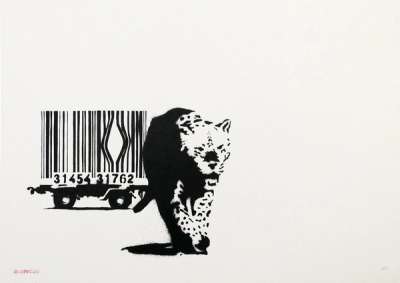
£15,000-£22,000
$29,000-$45,000 Value Indicator
$26,000-$35,000 Value Indicator
¥140,000-¥200,000 Value Indicator
€18,000-€26,000 Value Indicator
$150,000-$220,000 Value Indicator
¥2,850,000-¥4,190,000 Value Indicator
$19,000-$28,000 Value Indicator
TradingFloor
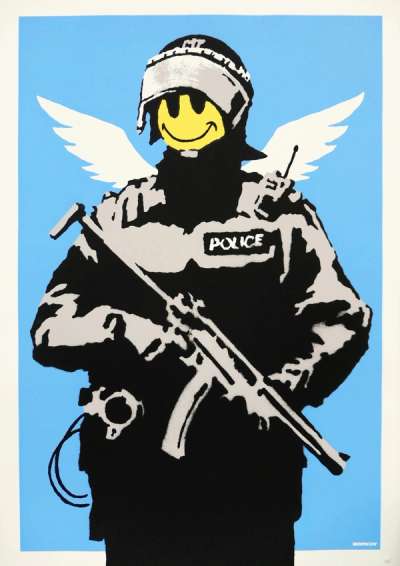
£17,000-£26,000
$35,000-$50,000 Value Indicator
$29,000-$45,000 Value Indicator
¥150,000-¥240,000 Value Indicator
€20,000-€30,000 Value Indicator
$170,000-$260,000 Value Indicator
¥3,240,000-¥4,950,000 Value Indicator
$21,000-$35,000 Value Indicator
TradingFloor
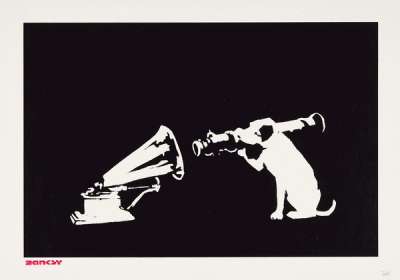
£13,500-£20,000
$26,000-$40,000 Value Indicator
$23,000-$35,000 Value Indicator
¥120,000-¥180,000 Value Indicator
€16,000-€23,000 Value Indicator
$130,000-$200,000 Value Indicator
¥2,570,000-¥3,810,000 Value Indicator
$17,000-$25,000 Value Indicator
TradingFloor
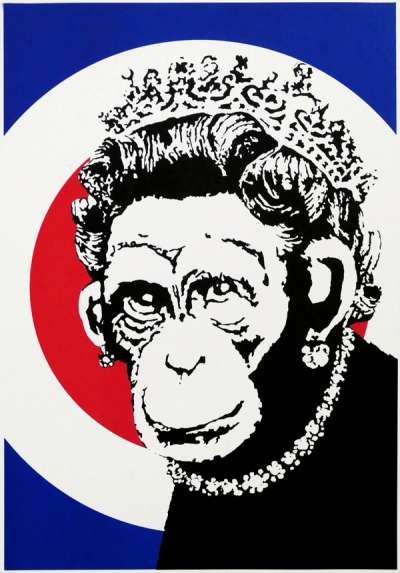
£10,500-£15,000
$20,000-$29,000 Value Indicator
$18,000-$26,000 Value Indicator
¥100,000-¥140,000 Value Indicator
€12,000-€17,000 Value Indicator
$100,000-$150,000 Value Indicator
¥2,000,000-¥2,860,000 Value Indicator
$13,000-$19,000 Value Indicator
TradingFloor
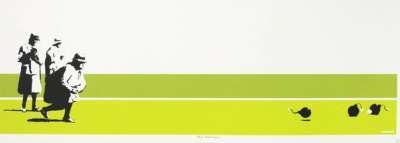
£10,500-£16,000
$20,000-$30,000 Value Indicator
$18,000-$27,000 Value Indicator
¥100,000-¥150,000 Value Indicator
€12,500-€19,000 Value Indicator
$100,000-$160,000 Value Indicator
¥2,000,000-¥3,050,000 Value Indicator
$13,000-$20,000 Value Indicator
TradingFloor
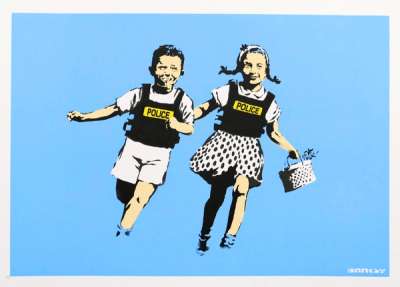
£13,500-£21,000
$26,000-$40,000 Value Indicator
$23,000-$35,000 Value Indicator
¥120,000-¥190,000 Value Indicator
€16,000-€25,000 Value Indicator
$130,000-$210,000 Value Indicator
¥2,570,000-¥4,000,000 Value Indicator
$17,000-$26,000 Value Indicator
TradingFloor
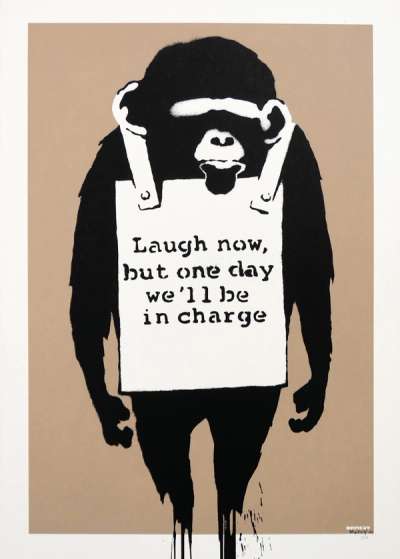
£50,000-£80,000
$100,000-$150,000 Value Indicator
$90,000-$140,000 Value Indicator
¥450,000-¥730,000 Value Indicator
€60,000-€90,000 Value Indicator
$490,000-$790,000 Value Indicator
¥9,520,000-¥15,230,000 Value Indicator
$60,000-$100,000 Value Indicator
TradingFloor
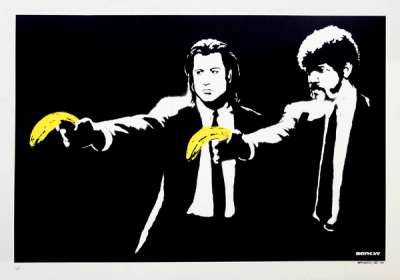
£70,000-£110,000
$140,000-$210,000 Value Indicator
$120,000-$190,000 Value Indicator
¥630,000-¥1,000,000 Value Indicator
€80,000-€130,000 Value Indicator
$690,000-$1,080,000 Value Indicator
¥13,320,000-¥20,940,000 Value Indicator
$90,000-$140,000 Value Indicator
TradingFloor
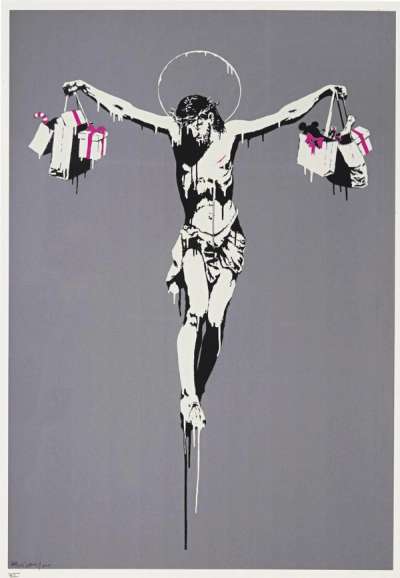
£50,000-£70,000
$100,000-$140,000 Value Indicator
$90,000-$120,000 Value Indicator
¥450,000-¥630,000 Value Indicator
€60,000-€80,000 Value Indicator
$490,000-$690,000 Value Indicator
¥9,520,000-¥13,320,000 Value Indicator
$60,000-$90,000 Value Indicator
TradingFloor
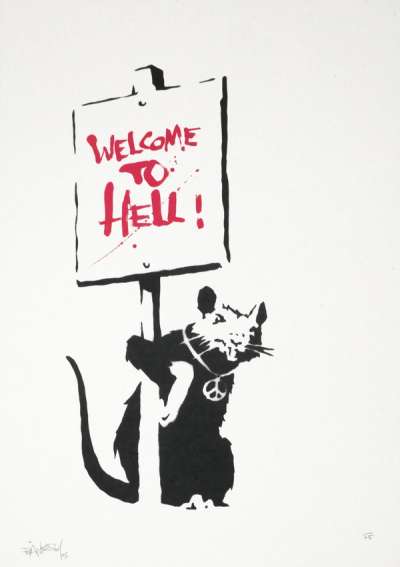
£40,000-£60,000
$80,000-$120,000 Value Indicator
$70,000-$100,000 Value Indicator
¥360,000-¥540,000 Value Indicator
€45,000-€70,000 Value Indicator
$390,000-$590,000 Value Indicator
¥7,610,000-¥11,420,000 Value Indicator
$50,000-$80,000 Value Indicator
TradingFloor
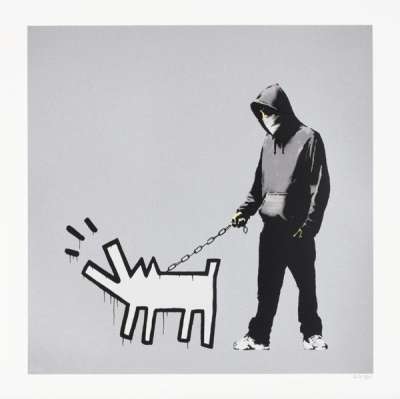
£70,000-£110,000
$140,000-$210,000 Value Indicator
$120,000-$190,000 Value Indicator
¥630,000-¥1,000,000 Value Indicator
€80,000-€130,000 Value Indicator
$690,000-$1,080,000 Value Indicator
¥13,320,000-¥20,940,000 Value Indicator
$90,000-$140,000 Value Indicator
TradingFloor
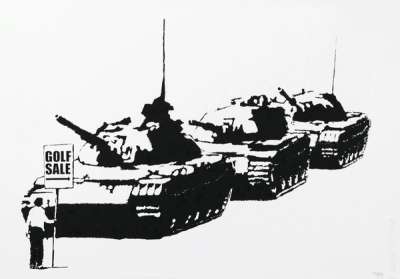
£9,000-£13,000
$17,000-$25,000 Value Indicator
$15,000-$22,000 Value Indicator
¥80,000-¥120,000 Value Indicator
€10,500-€15,000 Value Indicator
$90,000-$130,000 Value Indicator
¥1,710,000-¥2,470,000 Value Indicator
$11,500-$16,000 Value Indicator
TradingFloor
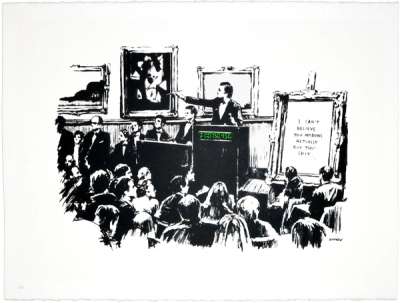
£19,000-£28,000
$35,000-$50,000 Value Indicator
$30,000-$50,000 Value Indicator
¥170,000-¥250,000 Value Indicator
€22,000-€35,000 Value Indicator
$190,000-$270,000 Value Indicator
¥3,620,000-¥5,330,000 Value Indicator
$24,000-$35,000 Value Indicator
TradingFloor
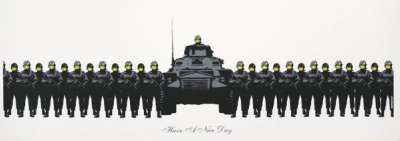
£10,000-£15,000
$19,000-$29,000 Value Indicator
$17,000-$26,000 Value Indicator
¥90,000-¥140,000 Value Indicator
€11,500-€18,000 Value Indicator
$100,000-$150,000 Value Indicator
¥1,900,000-¥2,850,000 Value Indicator
$12,500-$19,000 Value Indicator
TradingFloor
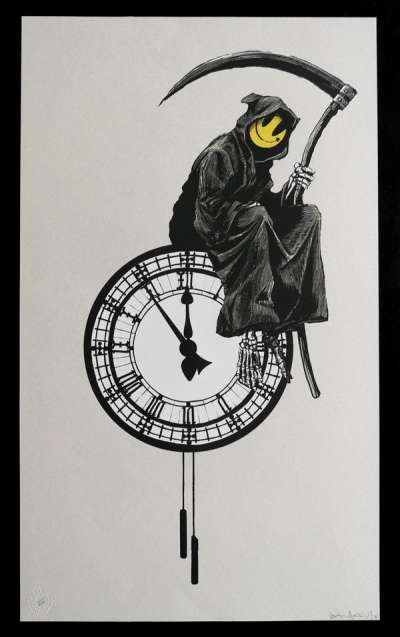
£35,000-£60,000
$70,000-$120,000 Value Indicator
$60,000-$100,000 Value Indicator
¥320,000-¥540,000 Value Indicator
€40,000-€70,000 Value Indicator
$340,000-$590,000 Value Indicator
¥6,660,000-¥11,420,000 Value Indicator
$45,000-$80,000 Value Indicator
TradingFloor
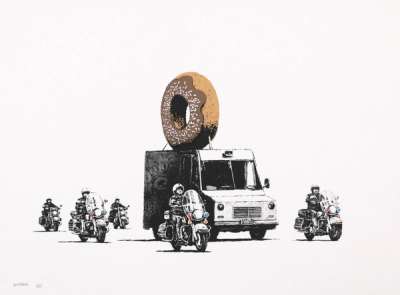
£35,000-£50,000
$70,000-$100,000 Value Indicator
$60,000-$90,000 Value Indicator
¥320,000-¥450,000 Value Indicator
€40,000-€60,000 Value Indicator
$340,000-$490,000 Value Indicator
¥6,660,000-¥9,520,000 Value Indicator
$45,000-$60,000 Value Indicator
TradingFloor
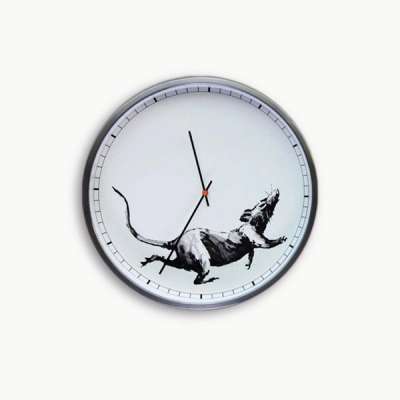
£45,000-£70,000
$90,000-$140,000 Value Indicator
$80,000-$120,000 Value Indicator
¥410,000-¥630,000 Value Indicator
€50,000-€80,000 Value Indicator
$440,000-$690,000 Value Indicator
¥8,560,000-¥13,320,000 Value Indicator
$60,000-$90,000 Value Indicator
TradingFloor
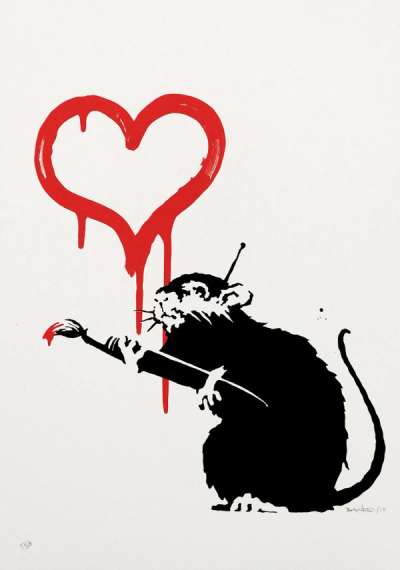
£50,000-£70,000
$100,000-$140,000 Value Indicator
$90,000-$120,000 Value Indicator
¥450,000-¥630,000 Value Indicator
€60,000-€80,000 Value Indicator
$490,000-$690,000 Value Indicator
¥9,520,000-¥13,320,000 Value Indicator
$60,000-$90,000 Value Indicator
TradingFloor
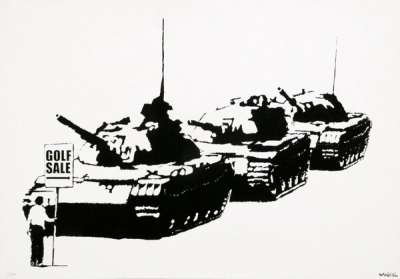
£35,000-£50,000
$70,000-$100,000 Value Indicator
$60,000-$90,000 Value Indicator
¥320,000-¥450,000 Value Indicator
€40,000-€60,000 Value Indicator
$340,000-$490,000 Value Indicator
¥6,660,000-¥9,520,000 Value Indicator
$45,000-$60,000 Value Indicator
TradingFloor
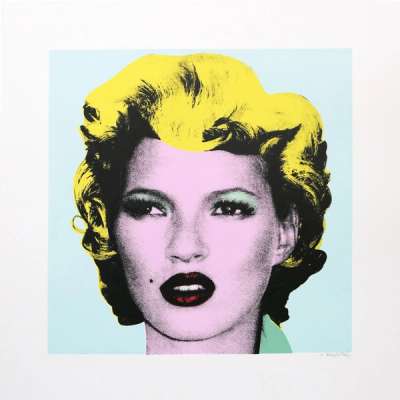
£130,000-£190,000
$250,000-$370,000 Value Indicator
$220,000-$330,000 Value Indicator
¥1,190,000-¥1,730,000 Value Indicator
€150,000-€220,000 Value Indicator
$1,290,000-$1,880,000 Value Indicator
¥24,890,000-¥36,380,000 Value Indicator
$160,000-$240,000 Value Indicator
TradingFloor
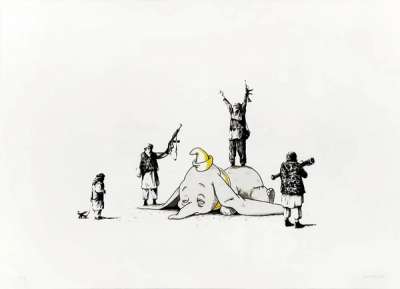
£150,000-£300,000
$290,000-$580,000 Value Indicator
$260,000-$510,000 Value Indicator
¥1,360,000-¥2,720,000 Value Indicator
€180,000-€350,000 Value Indicator
$1,470,000-$2,950,000 Value Indicator
¥28,550,000-¥57,100,000 Value Indicator
$190,000-$380,000 Value Indicator
TradingFloor
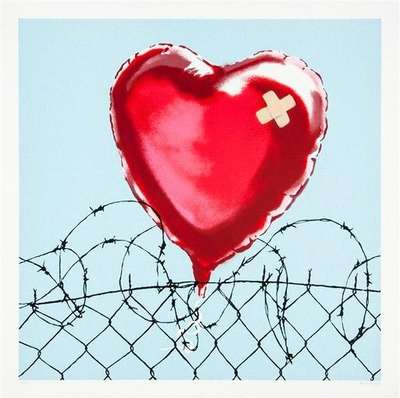
£330,000-£500,000
$640,000-$970,000 Value Indicator
$560,000-$850,000 Value Indicator
¥2,990,000-¥4,530,000 Value Indicator
€390,000-€580,000 Value Indicator
$3,240,000-$4,910,000 Value Indicator
¥62,810,000-¥95,170,000 Value Indicator
$410,000-$630,000 Value Indicator
TradingFloor
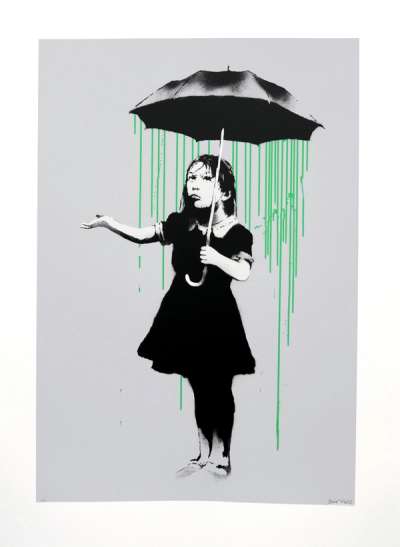
£110,000-£160,000
$210,000-$310,000 Value Indicator
$190,000-$270,000 Value Indicator
¥1,000,000-¥1,460,000 Value Indicator
€130,000-€190,000 Value Indicator
$1,090,000-$1,580,000 Value Indicator
¥21,060,000-¥30,640,000 Value Indicator
$140,000-$200,000 Value Indicator
TradingFloor
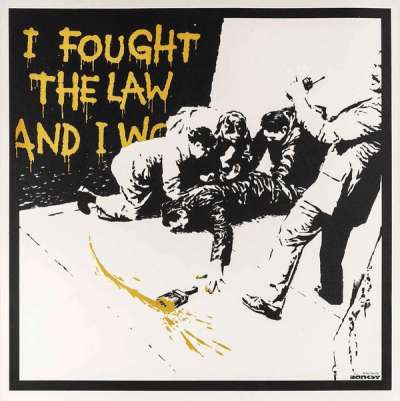
£50,000-£80,000
$100,000-$150,000 Value Indicator
$90,000-$140,000 Value Indicator
¥450,000-¥730,000 Value Indicator
€60,000-€90,000 Value Indicator
$490,000-$790,000 Value Indicator
¥9,520,000-¥15,230,000 Value Indicator
$60,000-$100,000 Value Indicator
TradingFloor
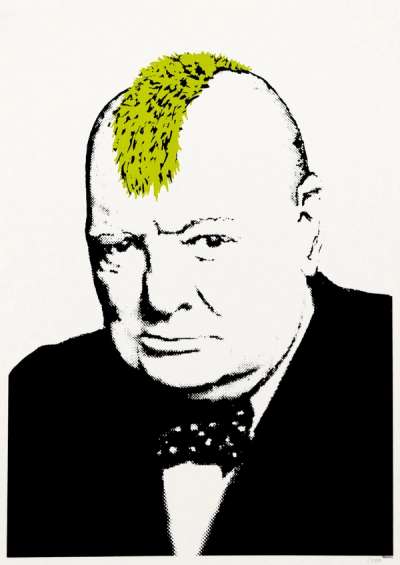
£17,000-£26,000
$35,000-$50,000 Value Indicator
$29,000-$45,000 Value Indicator
¥150,000-¥240,000 Value Indicator
€20,000-€30,000 Value Indicator
$170,000-$260,000 Value Indicator
¥3,240,000-¥4,950,000 Value Indicator
$21,000-$35,000 Value Indicator
TradingFloor
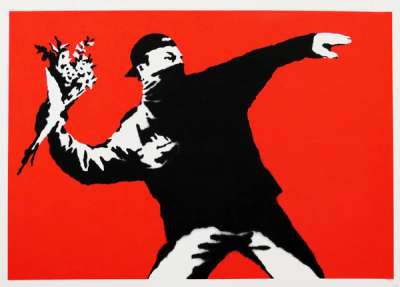
£35,000-£50,000
$70,000-$100,000 Value Indicator
$60,000-$90,000 Value Indicator
¥320,000-¥450,000 Value Indicator
€40,000-€60,000 Value Indicator
$340,000-$490,000 Value Indicator
¥6,660,000-¥9,520,000 Value Indicator
$45,000-$60,000 Value Indicator
TradingFloor
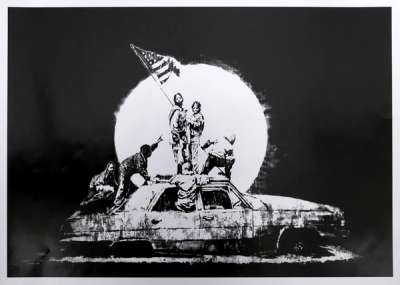
£9,000-£14,000
$17,000-$27,000 Value Indicator
$15,000-$24,000 Value Indicator
¥80,000-¥130,000 Value Indicator
€10,500-€16,000 Value Indicator
$90,000-$140,000 Value Indicator
¥1,710,000-¥2,660,000 Value Indicator
$11,500-$18,000 Value Indicator
TradingFloor
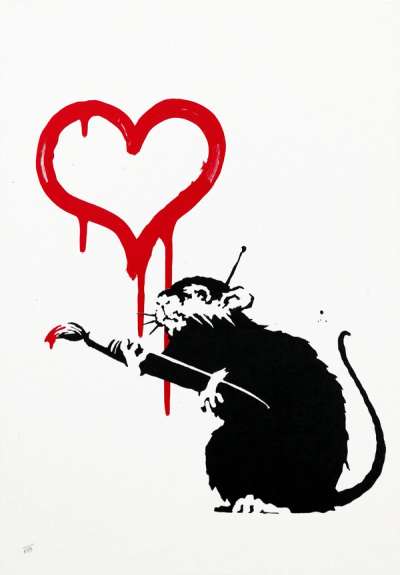
£15,000-£23,000
$29,000-$45,000 Value Indicator
$26,000-$40,000 Value Indicator
¥140,000-¥210,000 Value Indicator
€18,000-€27,000 Value Indicator
$150,000-$230,000 Value Indicator
¥2,850,000-¥4,380,000 Value Indicator
$19,000-$29,000 Value Indicator
TradingFloor
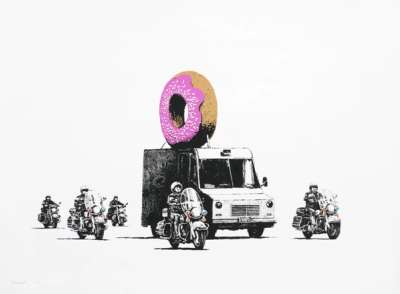
£30,000-£50,000
$60,000-$100,000 Value Indicator
$50,000-$90,000 Value Indicator
¥270,000-¥450,000 Value Indicator
€35,000-€60,000 Value Indicator
$290,000-$490,000 Value Indicator
¥5,710,000-¥9,520,000 Value Indicator
$40,000-$60,000 Value Indicator
TradingFloor
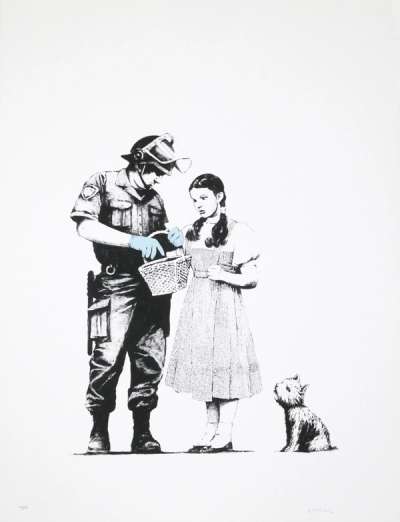
£40,000-£60,000
$80,000-$120,000 Value Indicator
$70,000-$100,000 Value Indicator
¥360,000-¥540,000 Value Indicator
€45,000-€70,000 Value Indicator
$390,000-$590,000 Value Indicator
¥7,610,000-¥11,420,000 Value Indicator
$50,000-$80,000 Value Indicator
TradingFloor
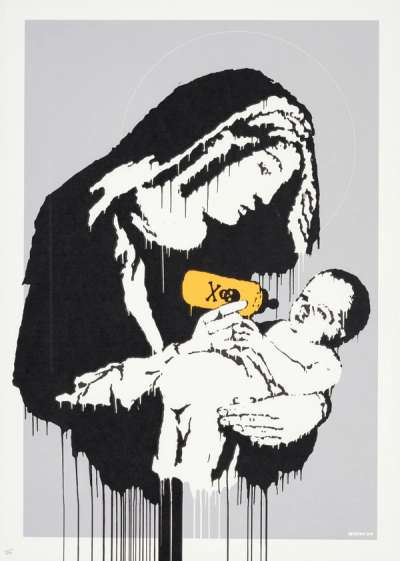
£14,000-£21,000
$27,000-$40,000 Value Indicator
$24,000-$35,000 Value Indicator
¥130,000-¥190,000 Value Indicator
€16,000-€25,000 Value Indicator
$140,000-$210,000 Value Indicator
¥2,660,000-¥4,000,000 Value Indicator
$18,000-$26,000 Value Indicator
TradingFloor
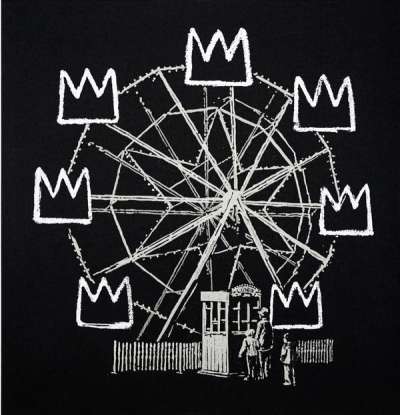
£50,000-£70,000
$100,000-$140,000 Value Indicator
$90,000-$120,000 Value Indicator
¥450,000-¥630,000 Value Indicator
€60,000-€80,000 Value Indicator
$490,000-$690,000 Value Indicator
¥9,520,000-¥13,320,000 Value Indicator
$60,000-$90,000 Value Indicator
TradingFloor
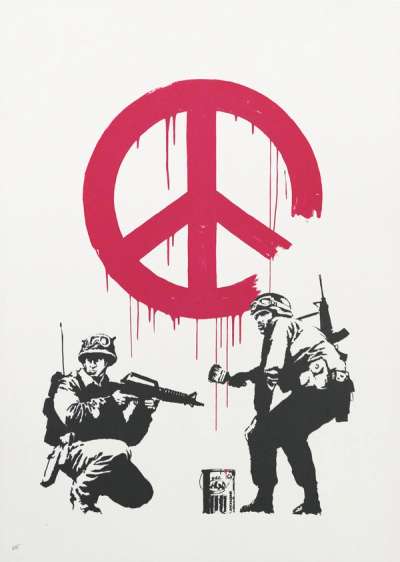
£11,000-£16,000
$21,000-$30,000 Value Indicator
$19,000-$27,000 Value Indicator
¥100,000-¥150,000 Value Indicator
€13,000-€19,000 Value Indicator
$110,000-$160,000 Value Indicator
¥2,090,000-¥3,050,000 Value Indicator
$14,000-$20,000 Value Indicator
TradingFloor
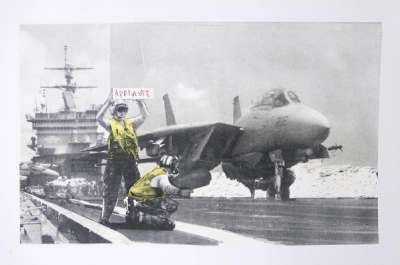
£16,000-£24,000
$30,000-$45,000 Value Indicator
$27,000-$40,000 Value Indicator
¥150,000-¥220,000 Value Indicator
€19,000-€28,000 Value Indicator
$160,000-$240,000 Value Indicator
¥3,050,000-¥4,570,000 Value Indicator
$20,000-$30,000 Value Indicator
TradingFloor
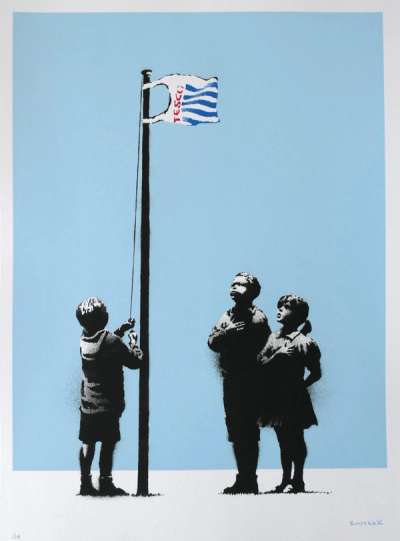
£28,000-£40,000
$50,000-$80,000 Value Indicator
$50,000-$70,000 Value Indicator
¥250,000-¥360,000 Value Indicator
€35,000-€45,000 Value Indicator
$270,000-$390,000 Value Indicator
¥5,330,000-¥7,610,000 Value Indicator
$35,000-$50,000 Value Indicator
TradingFloor
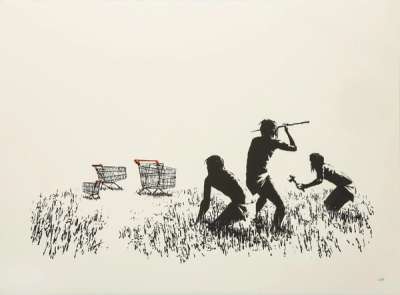
£13,500-£20,000
$26,000-$40,000 Value Indicator
$23,000-$35,000 Value Indicator
¥120,000-¥180,000 Value Indicator
€16,000-€23,000 Value Indicator
$130,000-$200,000 Value Indicator
¥2,570,000-¥3,810,000 Value Indicator
$17,000-$25,000 Value Indicator
TradingFloor
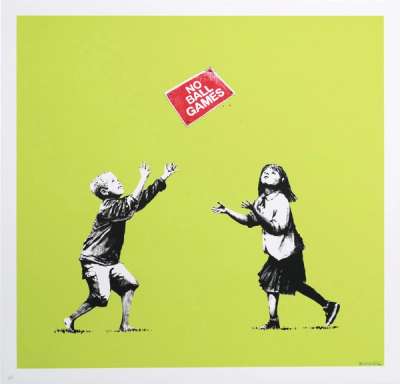
£35,000-£50,000
$70,000-$100,000 Value Indicator
$60,000-$90,000 Value Indicator
¥320,000-¥450,000 Value Indicator
€40,000-€60,000 Value Indicator
$340,000-$490,000 Value Indicator
¥6,660,000-¥9,520,000 Value Indicator
$45,000-$60,000 Value Indicator
TradingFloor
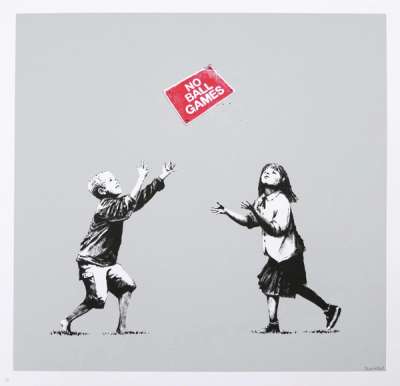
£35,000-£50,000
$70,000-$100,000 Value Indicator
$60,000-$90,000 Value Indicator
¥320,000-¥450,000 Value Indicator
€40,000-€60,000 Value Indicator
$340,000-$490,000 Value Indicator
¥6,660,000-¥9,520,000 Value Indicator
$45,000-$60,000 Value Indicator
TradingFloor
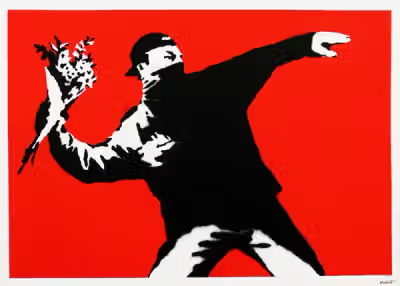
£100,000-£150,000
$190,000-$290,000 Value Indicator
$170,000-$260,000 Value Indicator
¥910,000-¥1,360,000 Value Indicator
€120,000-€180,000 Value Indicator
$980,000-$1,470,000 Value Indicator
¥19,030,000-¥28,550,000 Value Indicator
$130,000-$190,000 Value Indicator
TradingFloor
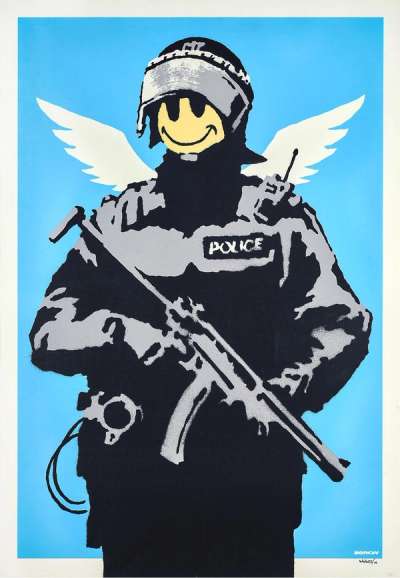
£40,000-£60,000
$80,000-$120,000 Value Indicator
$70,000-$100,000 Value Indicator
¥360,000-¥540,000 Value Indicator
€45,000-€70,000 Value Indicator
$390,000-$590,000 Value Indicator
¥7,610,000-¥11,420,000 Value Indicator
$50,000-$80,000 Value Indicator
TradingFloor
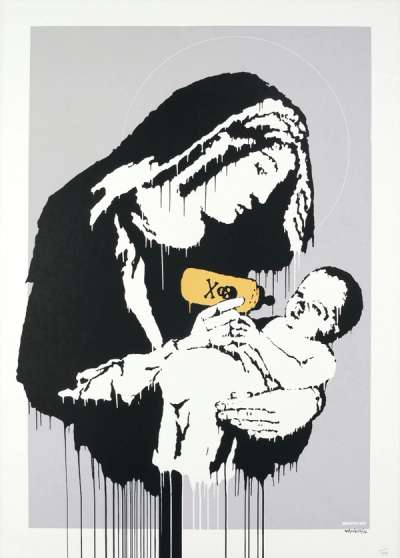
£30,000-£45,000
$60,000-$90,000 Value Indicator
$50,000-$80,000 Value Indicator
¥270,000-¥410,000 Value Indicator
€35,000-€50,000 Value Indicator
$300,000-$440,000 Value Indicator
¥5,720,000-¥8,580,000 Value Indicator
$40,000-$60,000 Value Indicator
TradingFloor
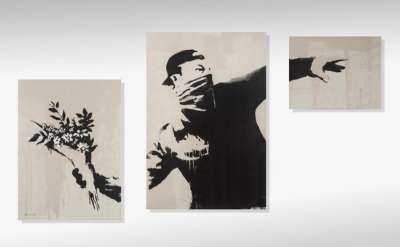
£120,000-£170,000
$230,000-$330,000 Value Indicator
$200,000-$290,000 Value Indicator
¥1,090,000-¥1,540,000 Value Indicator
€140,000-€200,000 Value Indicator
$1,180,000-$1,670,000 Value Indicator
¥22,840,000-¥32,360,000 Value Indicator
$150,000-$210,000 Value Indicator
TradingFloor
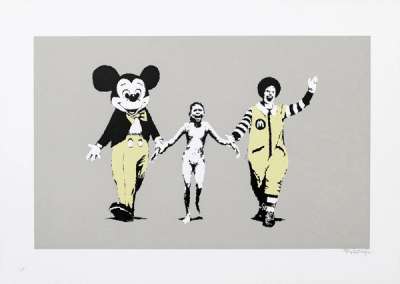
£35,000-£50,000
$70,000-$100,000 Value Indicator
$60,000-$90,000 Value Indicator
¥320,000-¥450,000 Value Indicator
€40,000-€60,000 Value Indicator
$340,000-$490,000 Value Indicator
¥6,660,000-¥9,520,000 Value Indicator
$45,000-$60,000 Value Indicator
TradingFloor
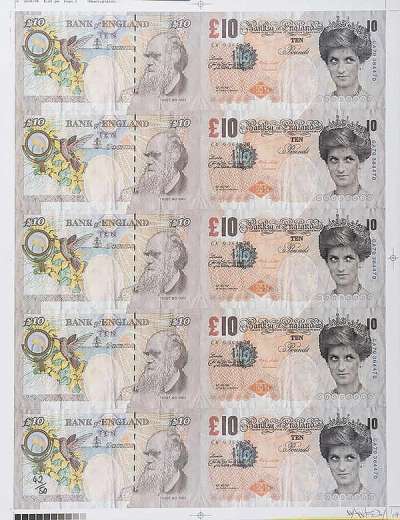
£40,000-£60,000
$80,000-$120,000 Value Indicator
$70,000-$100,000 Value Indicator
¥360,000-¥540,000 Value Indicator
€45,000-€70,000 Value Indicator
$390,000-$590,000 Value Indicator
¥7,610,000-¥11,420,000 Value Indicator
$50,000-$80,000 Value Indicator
TradingFloor
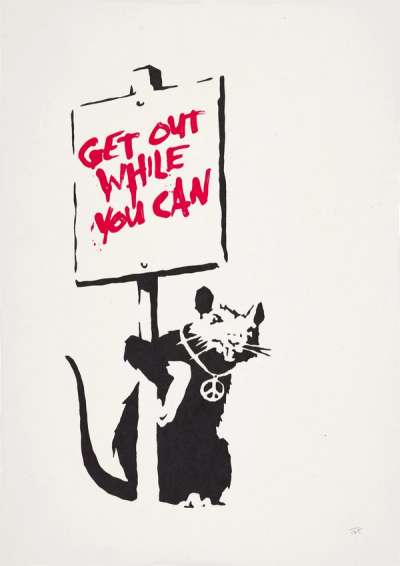
£21,000-£30,000
$40,000-$60,000 Value Indicator
$35,000-$50,000 Value Indicator
¥190,000-¥270,000 Value Indicator
€25,000-€35,000 Value Indicator
$210,000-$290,000 Value Indicator
¥4,000,000-¥5,710,000 Value Indicator
$26,000-$40,000 Value Indicator
TradingFloor
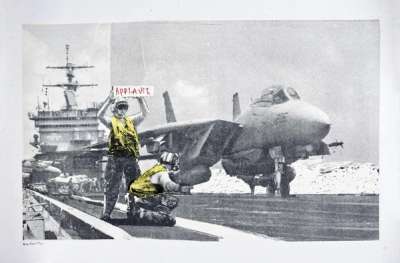
£35,000-£50,000
$70,000-$100,000 Value Indicator
$60,000-$90,000 Value Indicator
¥320,000-¥450,000 Value Indicator
€40,000-€60,000 Value Indicator
$340,000-$490,000 Value Indicator
¥6,660,000-¥9,520,000 Value Indicator
$45,000-$60,000 Value Indicator
TradingFloor
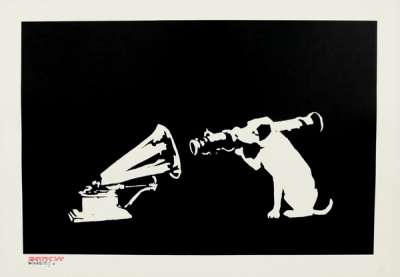
£35,000-£50,000
$70,000-$100,000 Value Indicator
$60,000-$90,000 Value Indicator
¥320,000-¥460,000 Value Indicator
€40,000-€60,000 Value Indicator
$350,000-$490,000 Value Indicator
¥6,690,000-¥9,550,000 Value Indicator
$45,000-$60,000 Value Indicator
TradingFloor
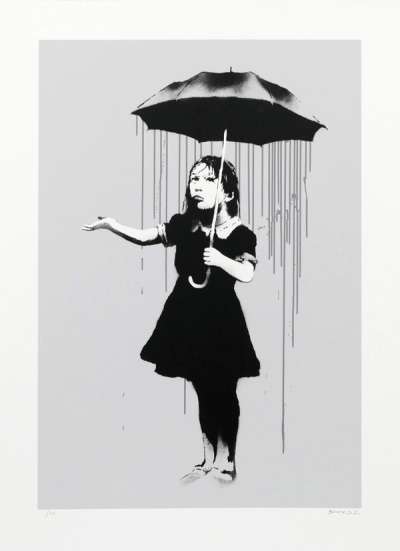
£60,000-£90,000
$120,000-$170,000 Value Indicator
$100,000-$160,000 Value Indicator
¥550,000-¥830,000 Value Indicator
€70,000-€110,000 Value Indicator
$600,000-$900,000 Value Indicator
¥11,400,000-¥17,090,000 Value Indicator
$80,000-$110,000 Value Indicator
TradingFloor
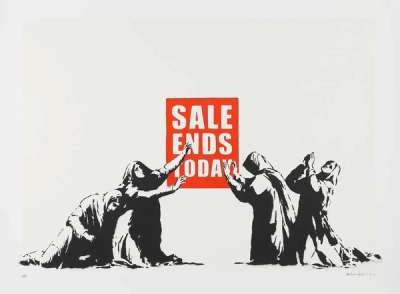
£45,000-£60,000
$90,000-$120,000 Value Indicator
$80,000-$100,000 Value Indicator
¥410,000-¥540,000 Value Indicator
€50,000-€70,000 Value Indicator
$440,000-$590,000 Value Indicator
¥8,560,000-¥11,420,000 Value Indicator
$60,000-$80,000 Value Indicator
TradingFloor
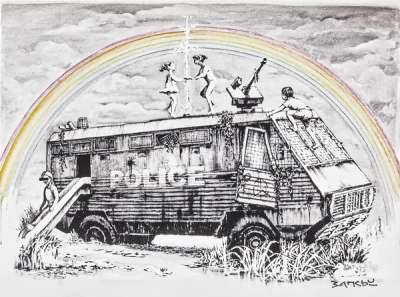
£10,500-£16,000
$20,000-$30,000 Value Indicator
$18,000-$27,000 Value Indicator
¥100,000-¥150,000 Value Indicator
€12,500-€19,000 Value Indicator
$100,000-$160,000 Value Indicator
¥2,000,000-¥3,050,000 Value Indicator
$13,000-$20,000 Value Indicator
TradingFloor
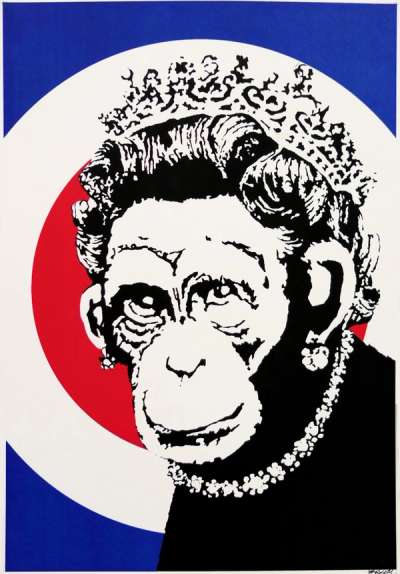
£35,000-£60,000
$70,000-$120,000 Value Indicator
$60,000-$100,000 Value Indicator
¥320,000-¥550,000 Value Indicator
€40,000-€70,000 Value Indicator
$350,000-$590,000 Value Indicator
¥6,680,000-¥11,440,000 Value Indicator
$45,000-$80,000 Value Indicator
TradingFloor
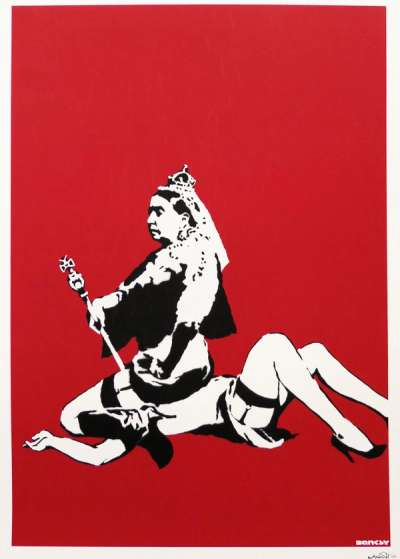
£35,000-£50,000
$70,000-$100,000 Value Indicator
$60,000-$90,000 Value Indicator
¥320,000-¥460,000 Value Indicator
€40,000-€60,000 Value Indicator
$350,000-$490,000 Value Indicator
¥6,700,000-¥9,570,000 Value Indicator
$45,000-$60,000 Value Indicator
TradingFloor
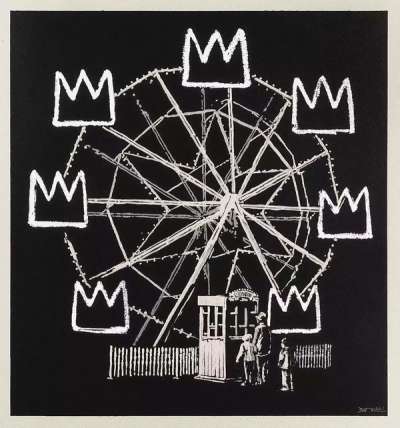
£45,000-£70,000
$90,000-$140,000 Value Indicator
$80,000-$120,000 Value Indicator
¥410,000-¥630,000 Value Indicator
€50,000-€80,000 Value Indicator
$440,000-$690,000 Value Indicator
¥8,560,000-¥13,320,000 Value Indicator
$60,000-$90,000 Value Indicator
TradingFloor
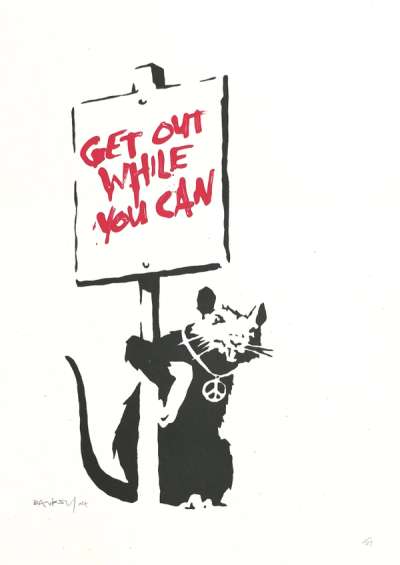
£40,000-£60,000
$80,000-$120,000 Value Indicator
$70,000-$100,000 Value Indicator
¥360,000-¥540,000 Value Indicator
€45,000-€70,000 Value Indicator
$390,000-$590,000 Value Indicator
¥7,610,000-¥11,420,000 Value Indicator
$50,000-$80,000 Value Indicator
TradingFloor
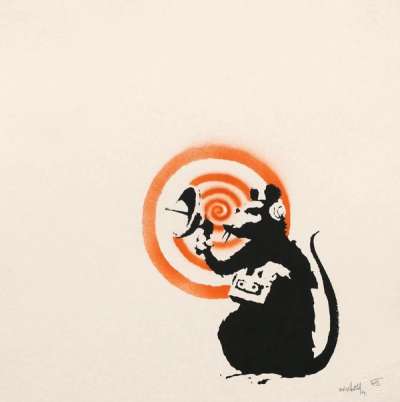
£100,000-£150,000
$190,000-$290,000 Value Indicator
$170,000-$260,000 Value Indicator
¥910,000-¥1,370,000 Value Indicator
€120,000-€170,000 Value Indicator
$990,000-$1,480,000 Value Indicator
¥19,070,000-¥28,610,000 Value Indicator
$130,000-$190,000 Value Indicator
TradingFloor
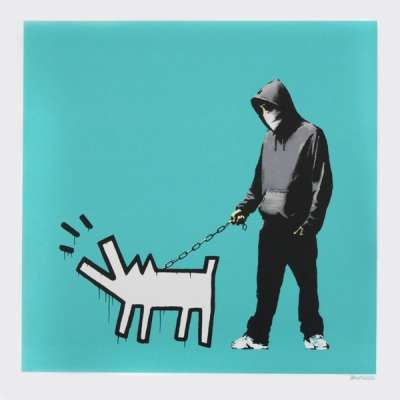
£70,000-£100,000
$140,000-$190,000 Value Indicator
$120,000-$170,000 Value Indicator
¥640,000-¥910,000 Value Indicator
€80,000-€120,000 Value Indicator
$690,000-$990,000 Value Indicator
¥13,350,000-¥19,070,000 Value Indicator
$90,000-$130,000 Value Indicator
TradingFloor
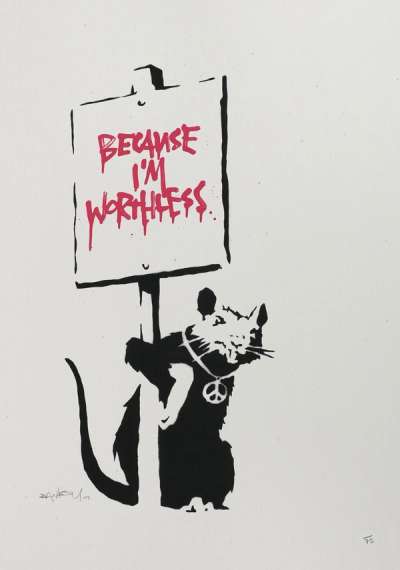
£40,000-£60,000
$80,000-$120,000 Value Indicator
$70,000-$100,000 Value Indicator
¥360,000-¥540,000 Value Indicator
€45,000-€70,000 Value Indicator
$390,000-$590,000 Value Indicator
¥7,610,000-¥11,420,000 Value Indicator
$50,000-$80,000 Value Indicator
TradingFloor
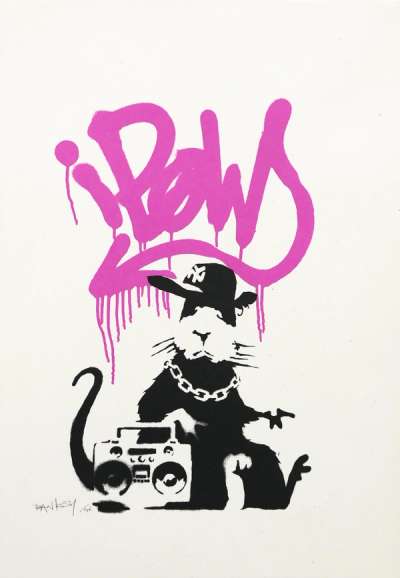
£60,000-£90,000
$120,000-$170,000 Value Indicator
$100,000-$160,000 Value Indicator
¥550,000-¥830,000 Value Indicator
€70,000-€110,000 Value Indicator
$600,000-$900,000 Value Indicator
¥11,340,000-¥17,020,000 Value Indicator
$80,000-$120,000 Value Indicator
TradingFloor
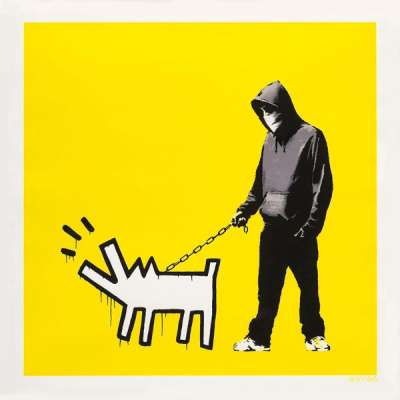
£70,000-£110,000
$140,000-$210,000 Value Indicator
$120,000-$190,000 Value Indicator
¥630,000-¥1,000,000 Value Indicator
€80,000-€130,000 Value Indicator
$690,000-$1,080,000 Value Indicator
¥13,320,000-¥20,940,000 Value Indicator
$90,000-$140,000 Value Indicator
TradingFloor
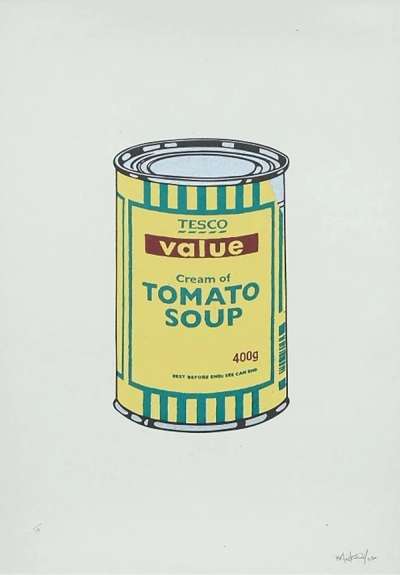
£35,000-£50,000
$70,000-$100,000 Value Indicator
$60,000-$90,000 Value Indicator
¥320,000-¥460,000 Value Indicator
€40,000-€60,000 Value Indicator
$350,000-$490,000 Value Indicator
¥6,680,000-¥9,540,000 Value Indicator
$45,000-$60,000 Value Indicator
TradingFloor
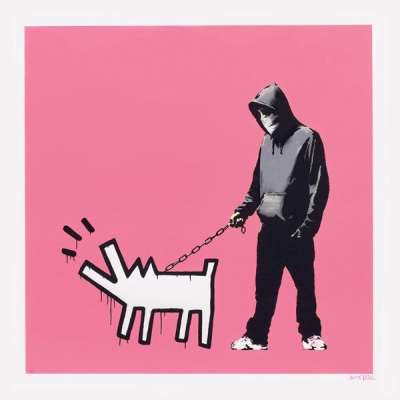
£70,000-£110,000
$140,000-$210,000 Value Indicator
$120,000-$190,000 Value Indicator
¥630,000-¥1,000,000 Value Indicator
€80,000-€130,000 Value Indicator
$690,000-$1,080,000 Value Indicator
¥13,320,000-¥20,940,000 Value Indicator
$90,000-$140,000 Value Indicator
TradingFloor
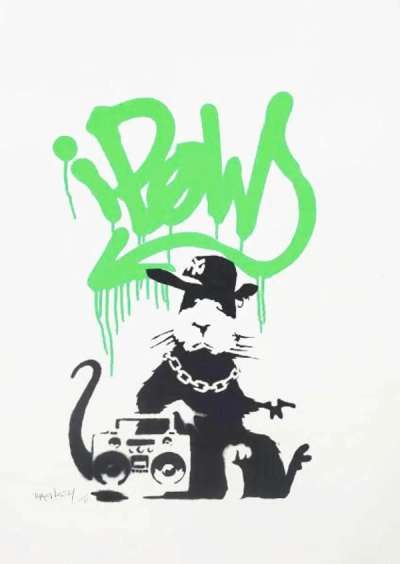
£70,000-£110,000
$140,000-$210,000 Value Indicator
$120,000-$190,000 Value Indicator
¥640,000-¥1,000,000 Value Indicator
€80,000-€130,000 Value Indicator
$690,000-$1,080,000 Value Indicator
¥13,350,000-¥20,980,000 Value Indicator
$90,000-$140,000 Value Indicator
TradingFloor
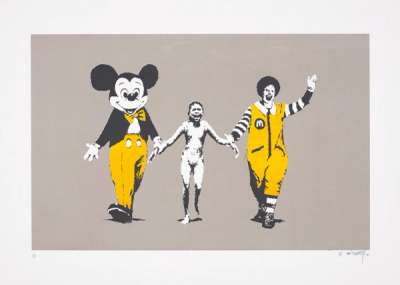
£45,000-£70,000
$90,000-$140,000 Value Indicator
$80,000-$120,000 Value Indicator
¥410,000-¥630,000 Value Indicator
€50,000-€80,000 Value Indicator
$440,000-$690,000 Value Indicator
¥8,560,000-¥13,320,000 Value Indicator
$60,000-$90,000 Value Indicator
TradingFloor
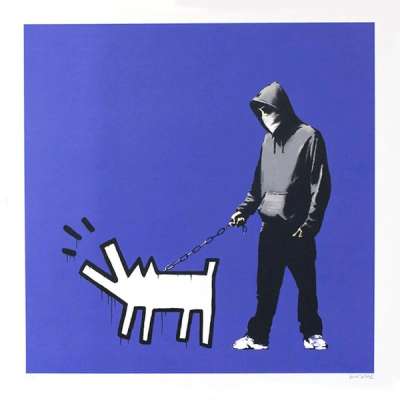
£70,000-£110,000
$140,000-$210,000 Value Indicator
$120,000-$190,000 Value Indicator
¥630,000-¥1,000,000 Value Indicator
€80,000-€130,000 Value Indicator
$690,000-$1,080,000 Value Indicator
¥13,320,000-¥20,940,000 Value Indicator
$90,000-$140,000 Value Indicator
TradingFloor
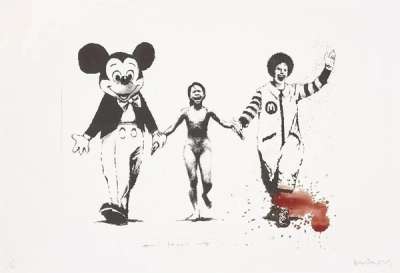
£40,000-£60,000
$80,000-$120,000 Value Indicator
$70,000-$100,000 Value Indicator
¥360,000-¥550,000 Value Indicator
€45,000-€70,000 Value Indicator
$390,000-$590,000 Value Indicator
¥7,630,000-¥11,440,000 Value Indicator
$50,000-$80,000 Value Indicator
TradingFloor
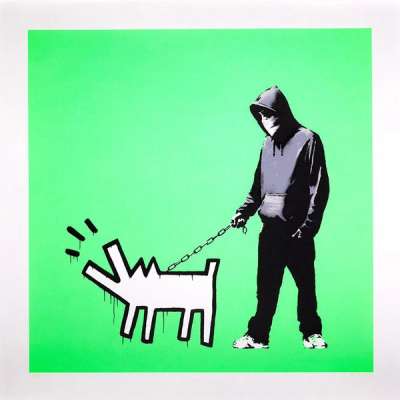
£70,000-£110,000
$140,000-$210,000 Value Indicator
$120,000-$190,000 Value Indicator
¥640,000-¥1,010,000 Value Indicator
€80,000-€130,000 Value Indicator
$700,000-$1,090,000 Value Indicator
¥13,490,000-¥21,200,000 Value Indicator
$90,000-$140,000 Value Indicator
TradingFloor
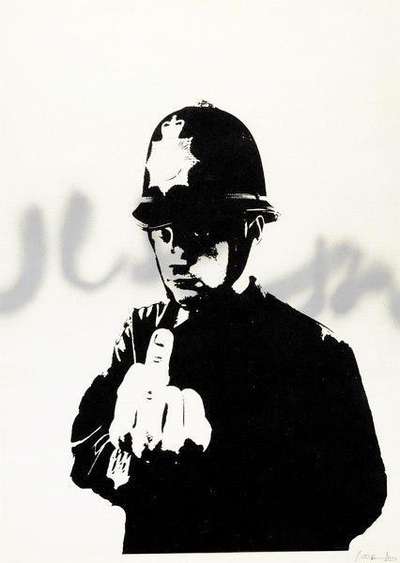
£80,000-£120,000
$150,000-$230,000 Value Indicator
$140,000-$210,000 Value Indicator
¥730,000-¥1,090,000 Value Indicator
€90,000-€140,000 Value Indicator
$790,000-$1,180,000 Value Indicator
¥15,260,000-¥22,890,000 Value Indicator
$100,000-$150,000 Value Indicator
TradingFloor
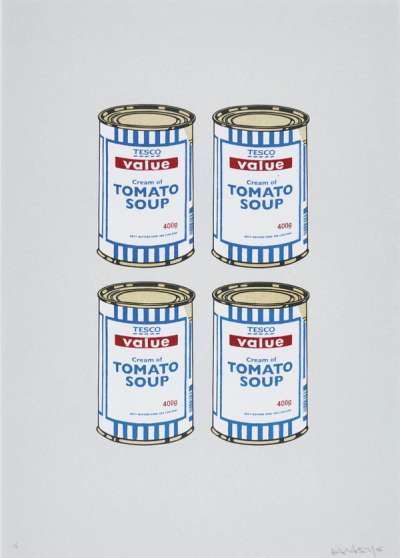
£60,000-£90,000
$120,000-$170,000 Value Indicator
$100,000-$150,000 Value Indicator
¥550,000-¥820,000 Value Indicator
€70,000-€100,000 Value Indicator
$590,000-$890,000 Value Indicator
¥11,440,000-¥17,170,000 Value Indicator
$80,000-$110,000 Value Indicator
TradingFloor
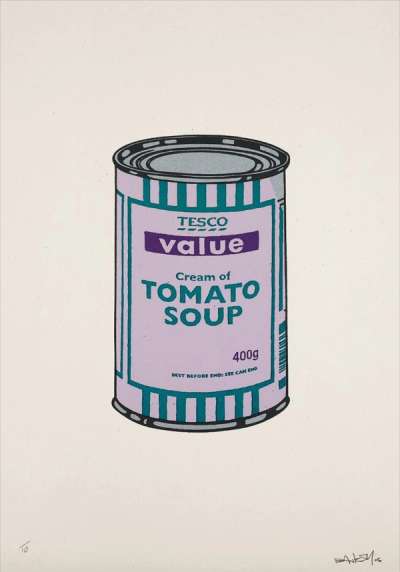
£35,000-£50,000
$70,000-$100,000 Value Indicator
$60,000-$90,000 Value Indicator
¥320,000-¥460,000 Value Indicator
€40,000-€60,000 Value Indicator
$350,000-$490,000 Value Indicator
¥6,680,000-¥9,540,000 Value Indicator
$45,000-$60,000 Value Indicator
TradingFloor
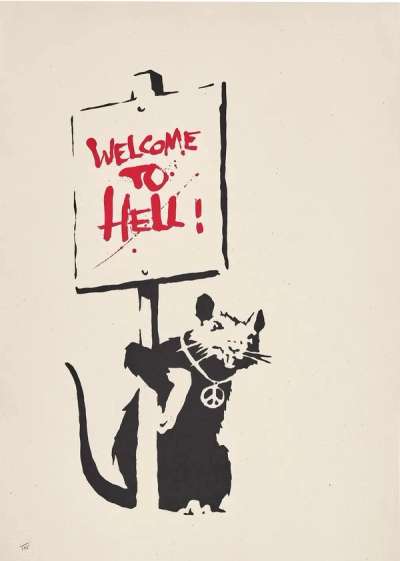
£17,000-£26,000
$35,000-$50,000 Value Indicator
$29,000-$45,000 Value Indicator
¥150,000-¥240,000 Value Indicator
€20,000-€30,000 Value Indicator
$170,000-$260,000 Value Indicator
¥3,240,000-¥4,960,000 Value Indicator
$21,000-$35,000 Value Indicator
TradingFloor
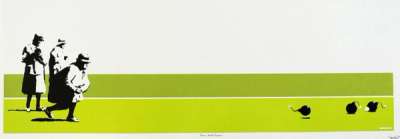
£16,000-£24,000
$30,000-$45,000 Value Indicator
$27,000-$40,000 Value Indicator
¥150,000-¥220,000 Value Indicator
€19,000-€28,000 Value Indicator
$160,000-$240,000 Value Indicator
¥3,050,000-¥4,570,000 Value Indicator
$20,000-$30,000 Value Indicator
TradingFloor
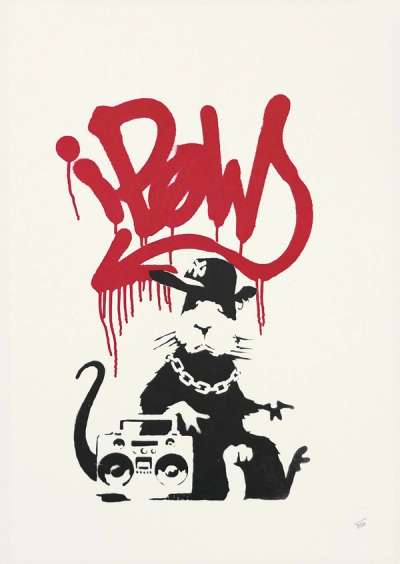
£22,000-£35,000
$45,000-$70,000 Value Indicator
$40,000-$60,000 Value Indicator
¥200,000-¥320,000 Value Indicator
€26,000-€40,000 Value Indicator
$220,000-$350,000 Value Indicator
¥4,210,000-¥6,690,000 Value Indicator
$28,000-$45,000 Value Indicator
TradingFloor
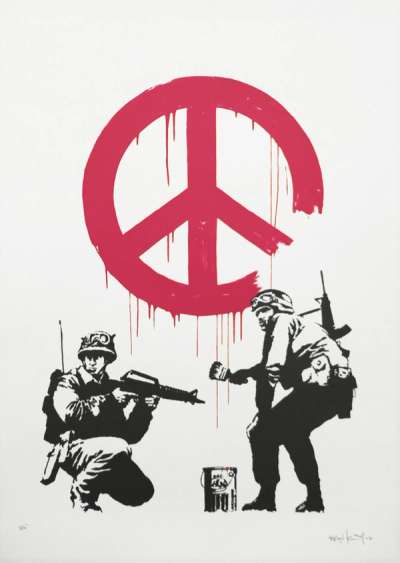
£23,000-£35,000
$45,000-$70,000 Value Indicator
$40,000-$60,000 Value Indicator
¥210,000-¥320,000 Value Indicator
€27,000-€40,000 Value Indicator
$230,000-$340,000 Value Indicator
¥4,380,000-¥6,660,000 Value Indicator
$29,000-$45,000 Value Indicator
TradingFloor
Sell Your Art
with Us
with Us
Join Our Network of Collectors. Buy, Sell and Track Demand
Biography
The art world’s agent provocateur in chief, Banksy, has gone from Bristol-based graffiti writer to international Street Art sensation. The artist’s personal biography is relatively unknown and the question still remains, who is Banksy? Despite Banksy's anonymity, his subversive works have acted as a mouthpiece for the artist's stance on social issues, boosting him to the top of the Urban Art scene.
Inspired by the French graffiti artist, Blek le Rat (real name Xavier Prou), Banksy’s art is both simple and evocative, poking fun through their satirical content. Banksy is well-known for using public buildings to stage his works, but it is his infamous stunts have further cemented him as a household name.
Banksy’s stunts go hand in hand with the most notable works of his career. Such is the case with his groundbreaking Girl with Balloon, which began as a series of murals in 2002 depicting a young girl with her hand reaching for a red, heart-shaped balloon. During a 2018 Sotheby’s auction, Banksy’s Girl with Balloon was shredded before a crowd of stunned onlookers. Now titled Love Is In The Bin, Banksy’s audacious act boosted the artwork’s selling price by 20%, making it the highest-selling Banksy work ever sold at £18.9 million.
Another of Banksy’s most famous artworks is his 2020 Game Changer, which was painted in tribute to the efforts of the NHS against the COVID pandemic. Selling for £16.7 million at auction, the proceeds were donated to the NHS and the painting was hung at the Southampton General Hospital.
Banksy’s 2009 Devolved Parliament is also worthy of note. It is an iconic painting that depicts chimpanzees debating in the House of Commons. A witty, political commentary on the state of British politics, the painting was displayed in Bristol Museum on Brexit Day and served as a fitting reflection of events, even a decade after its execution.
Banksy
Uniques &
Originals
Uniques &
Originals
As the largest private dealer of Banksy's work, we regularly offer our clients discreet, secure, off-market access to Banksy originals and uniques. To speak to the team about sourcing or selling a Banksy original painting or unique work, book a consultation today.
Speak to the team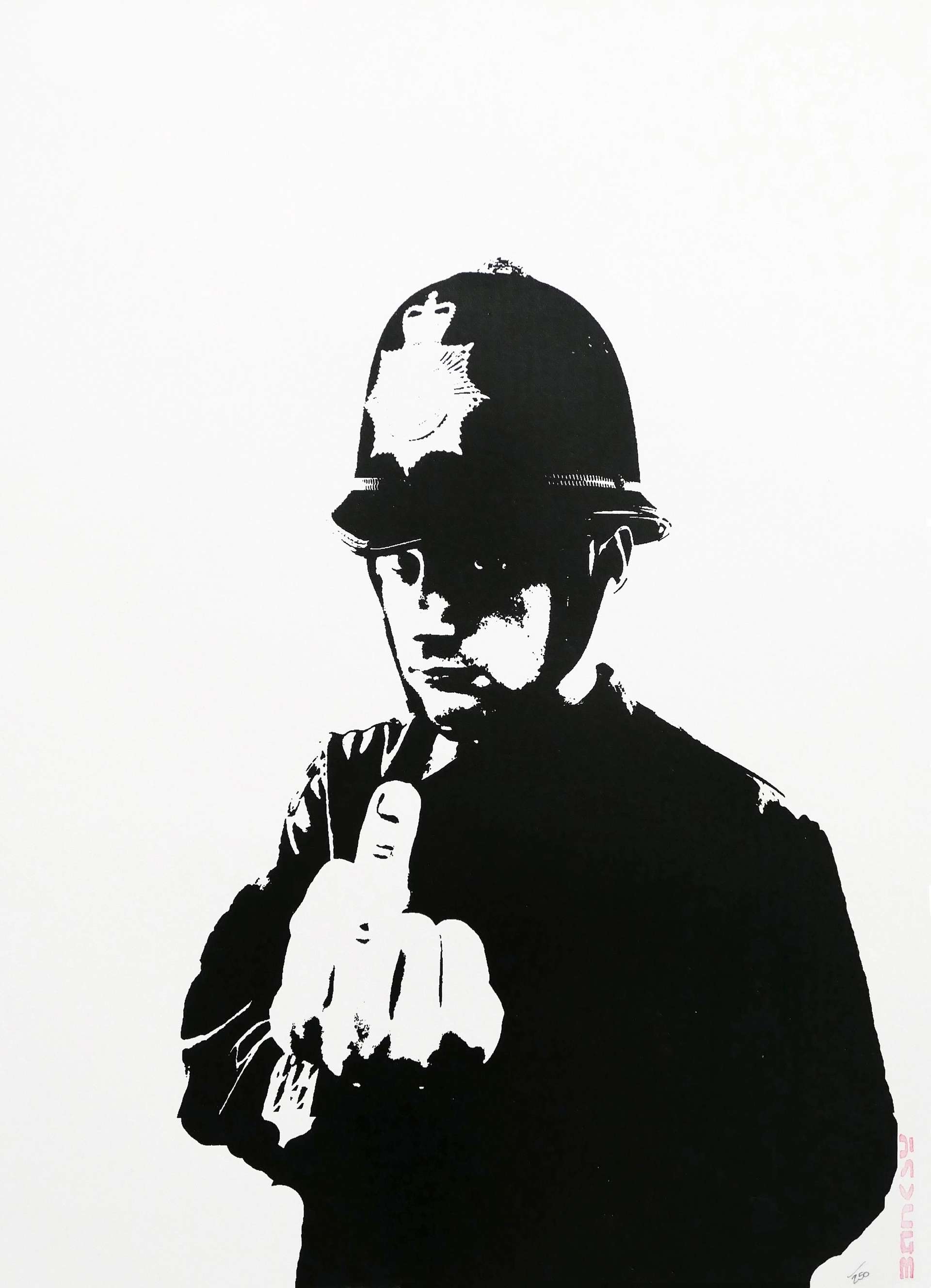
Record prices
Banksy Guides
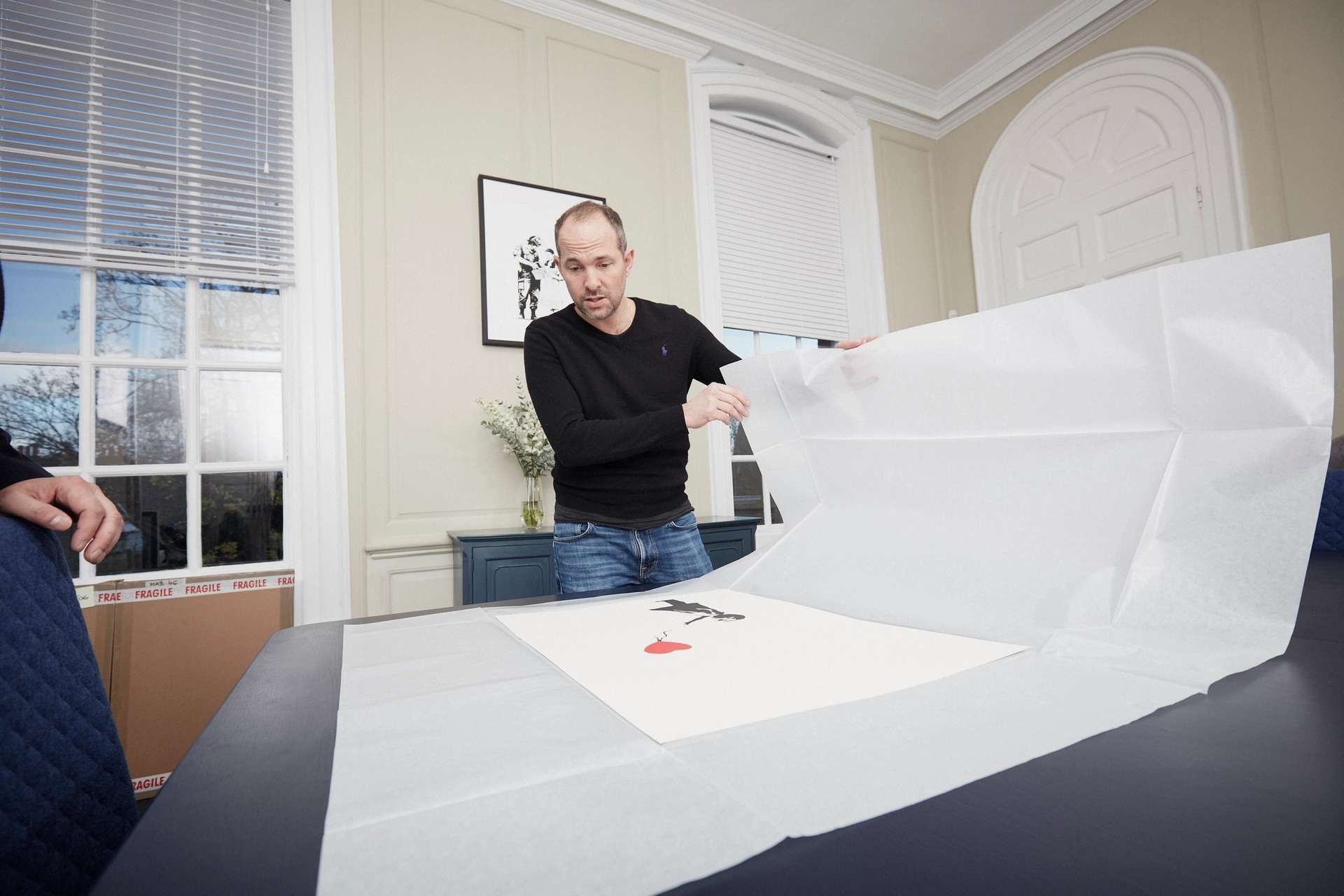
The Banksy Private Sale Experts
Sell to the largest Banksy collector network in the world, at a guaranteed 0% seller's fee.

